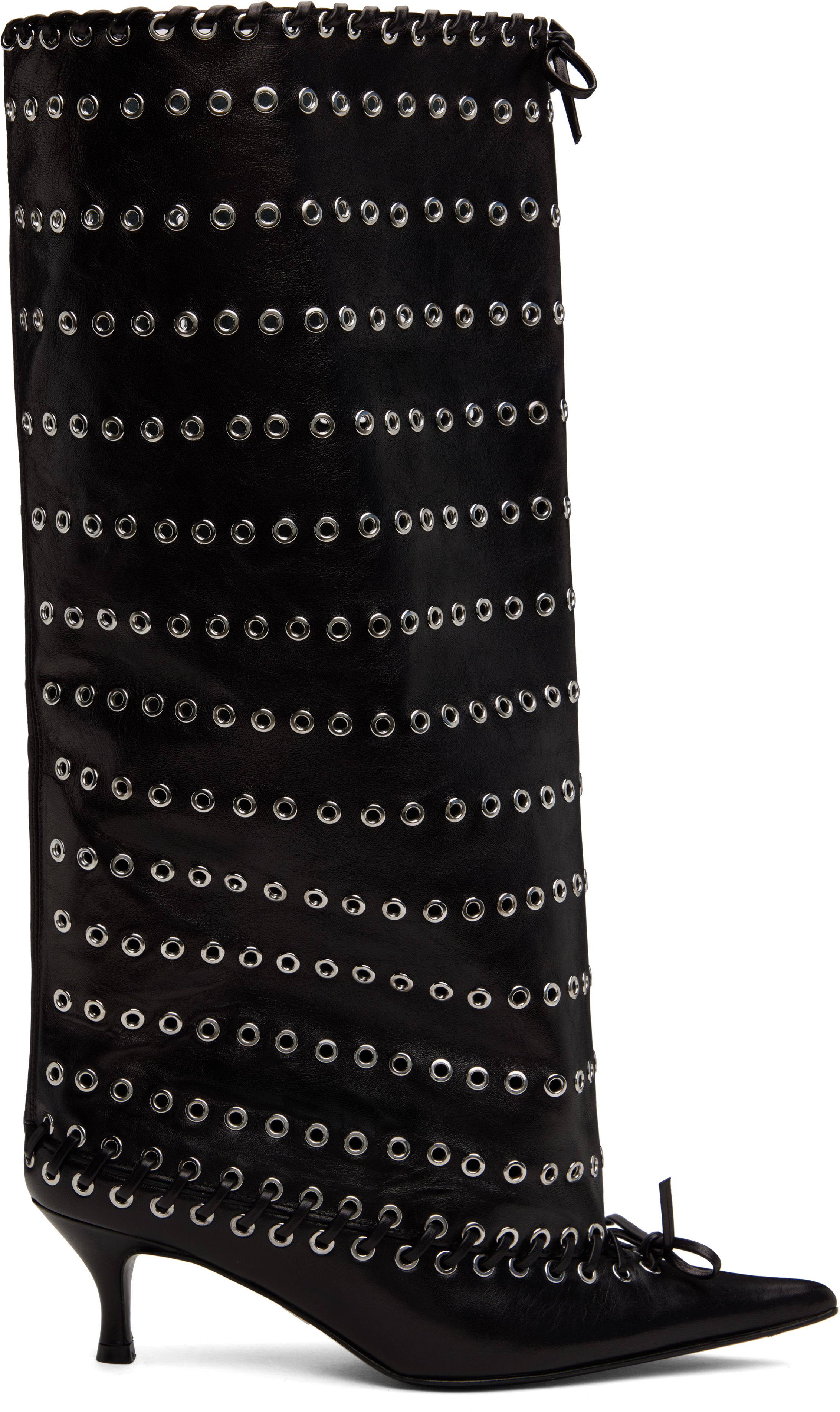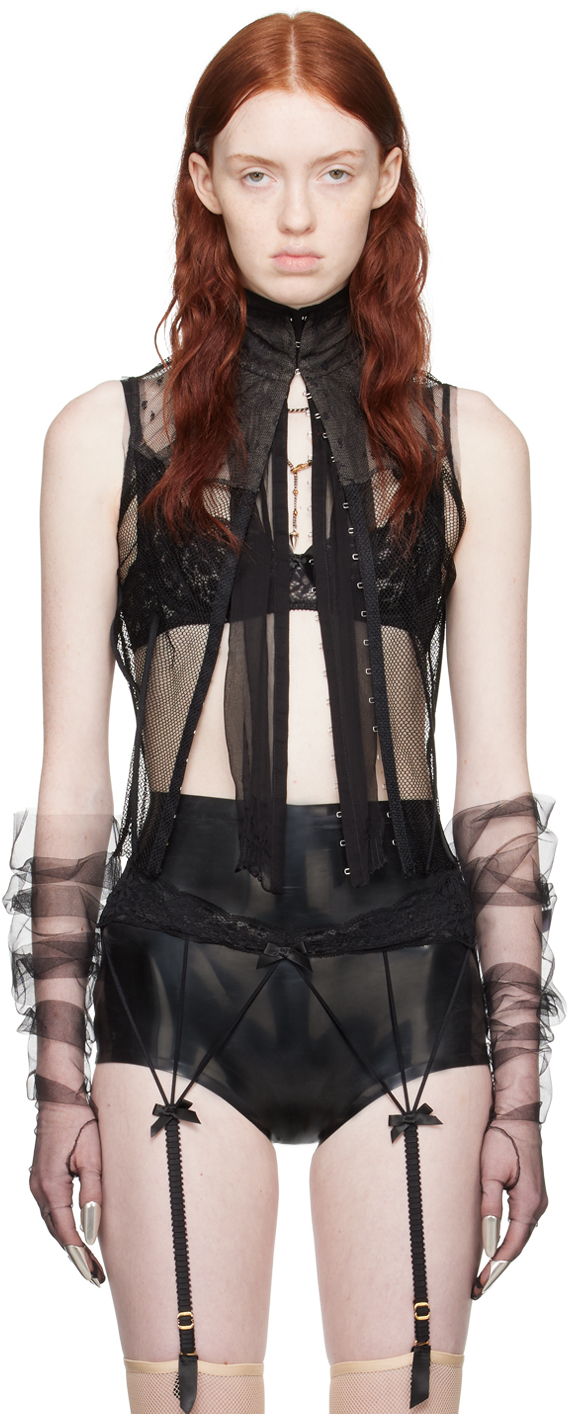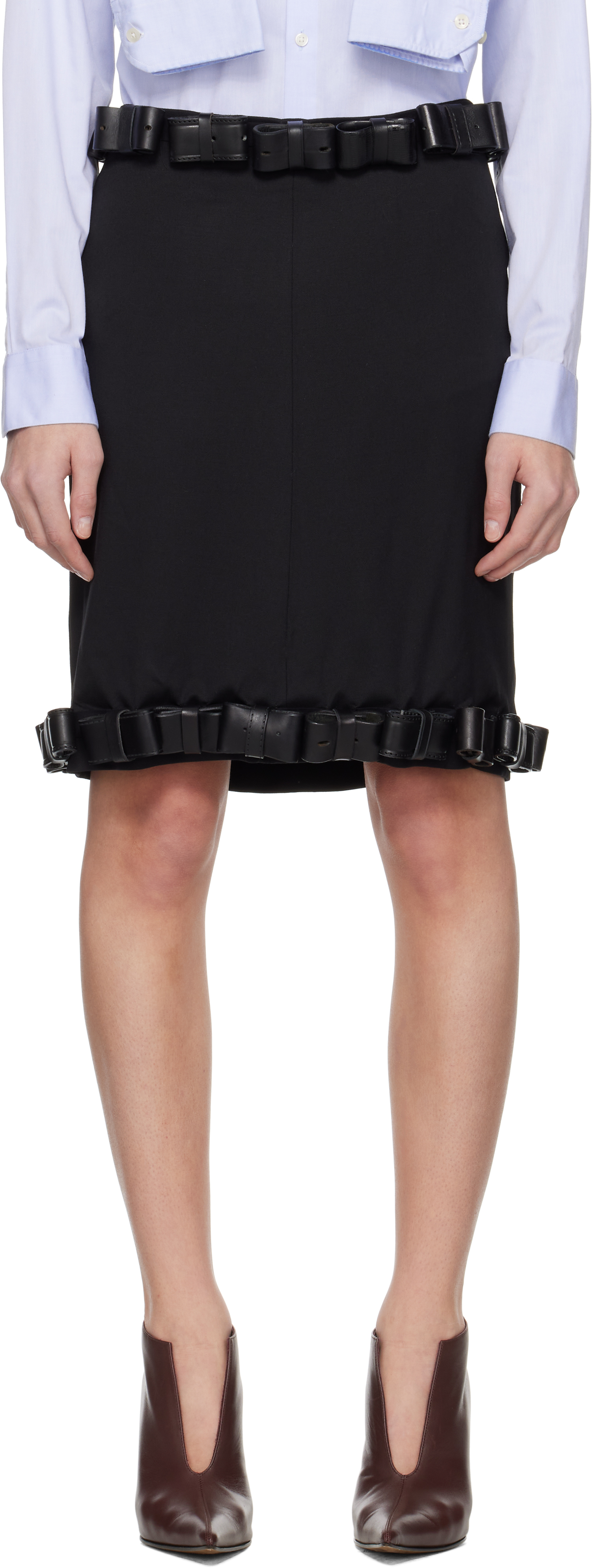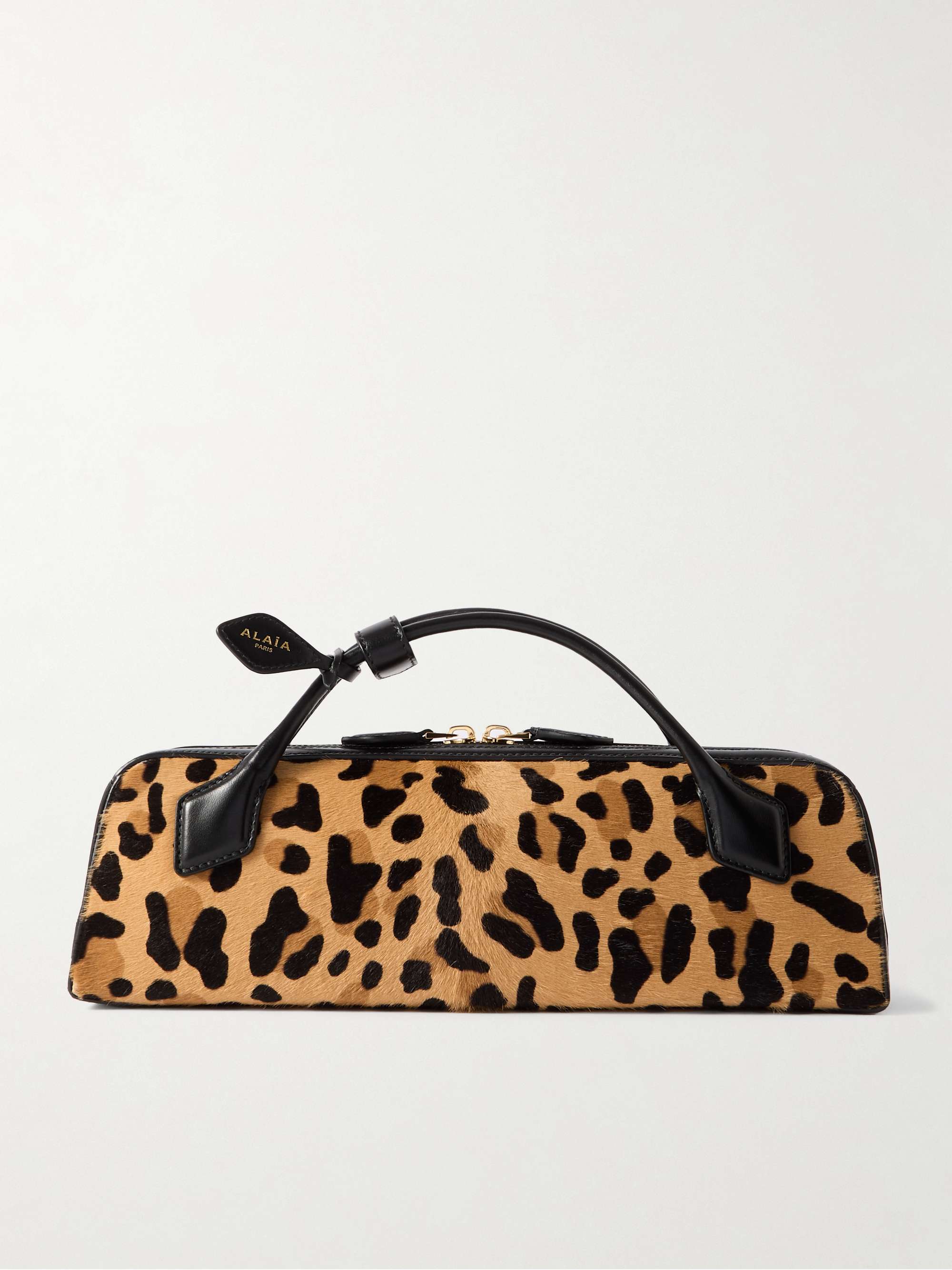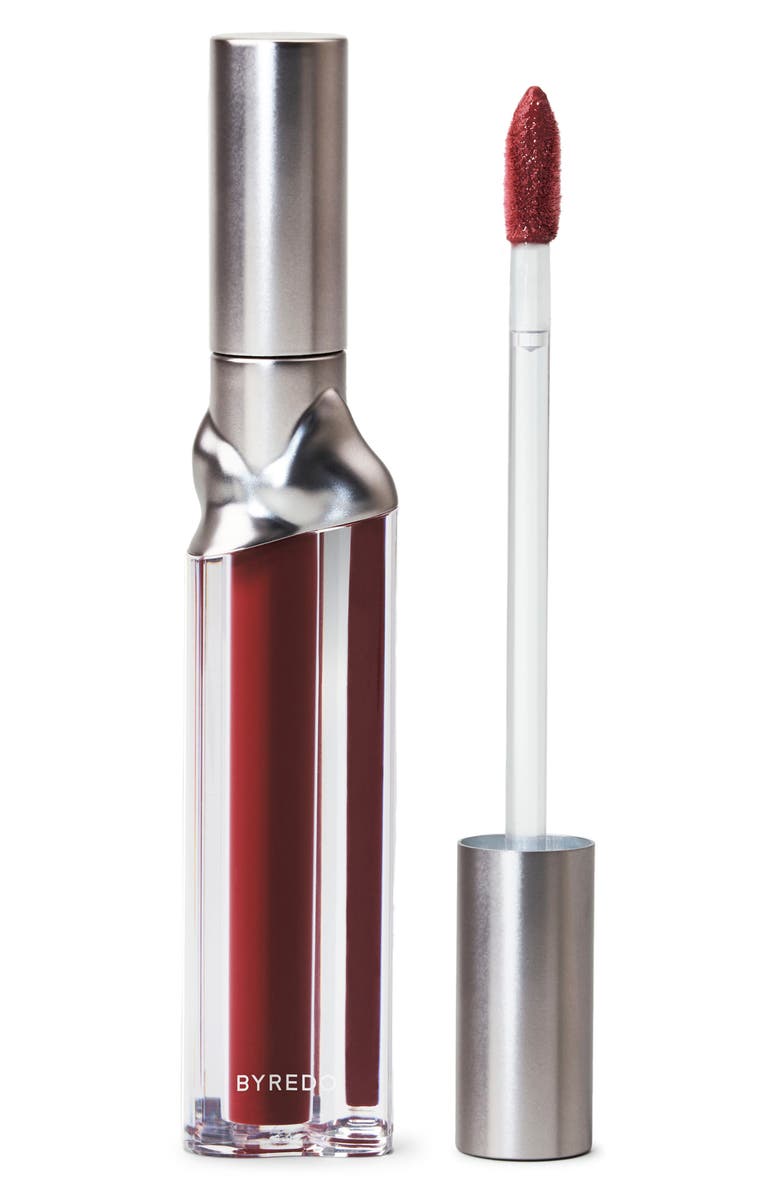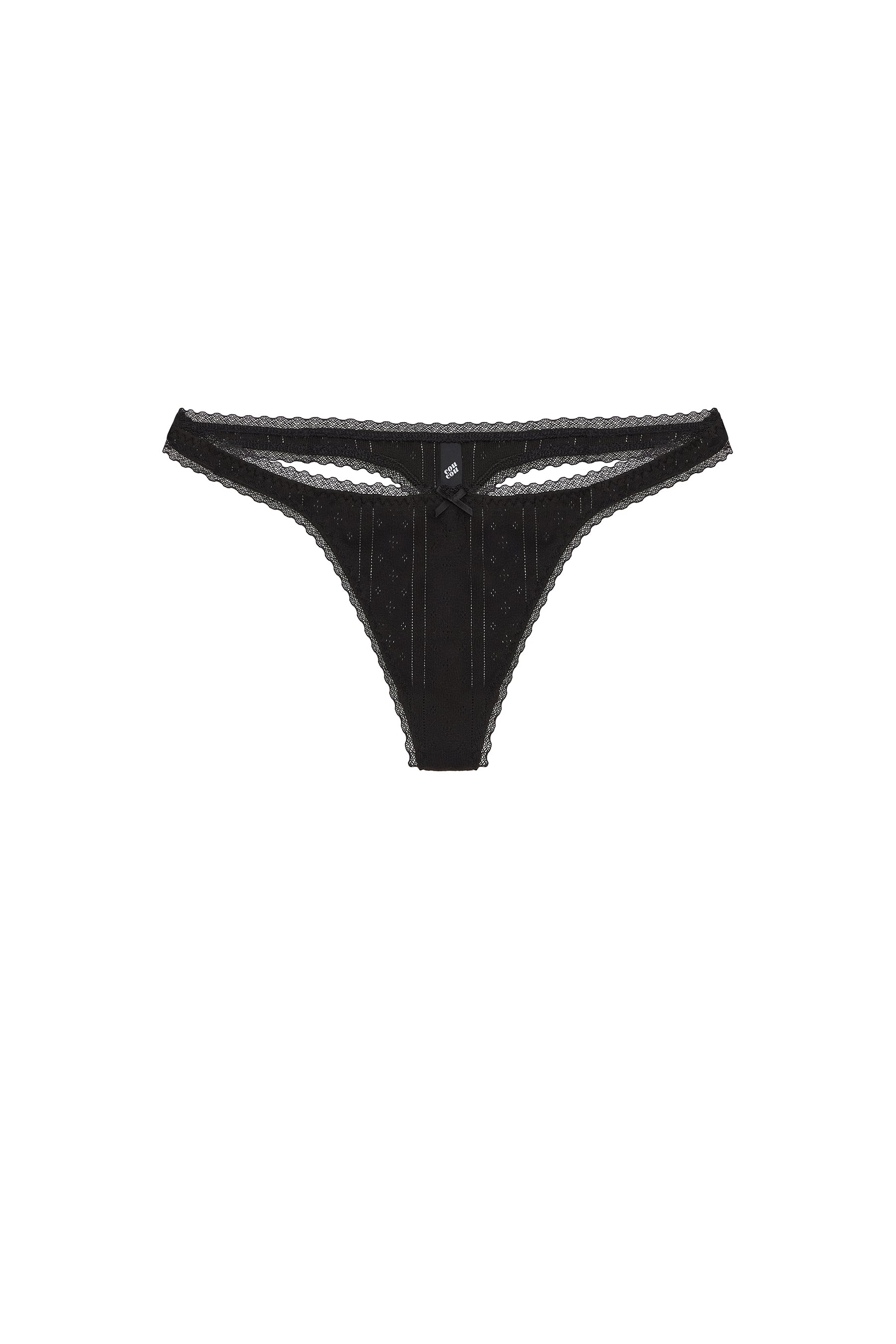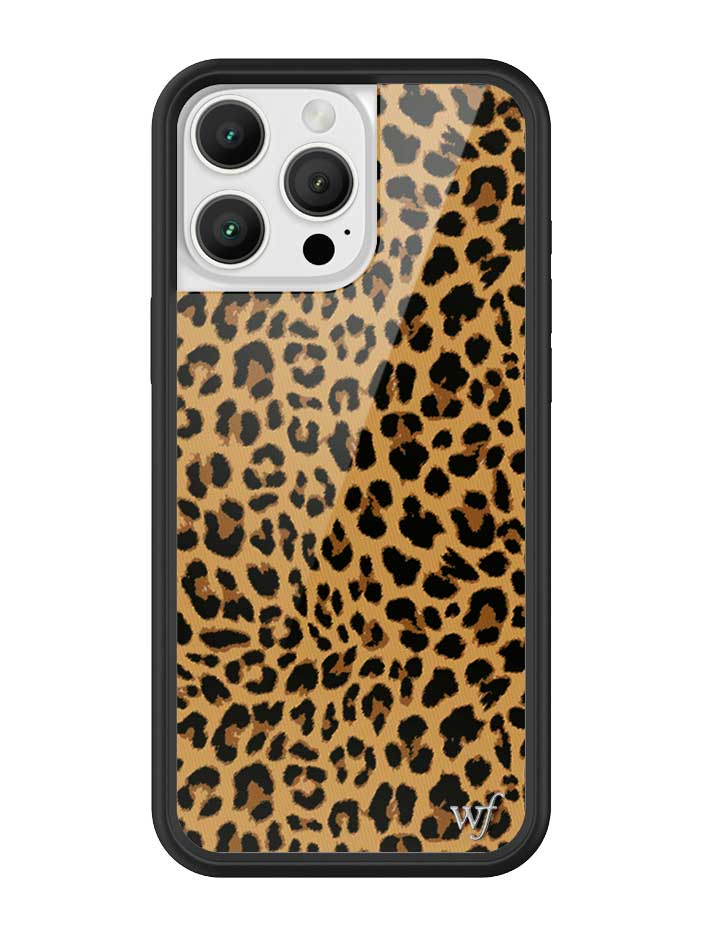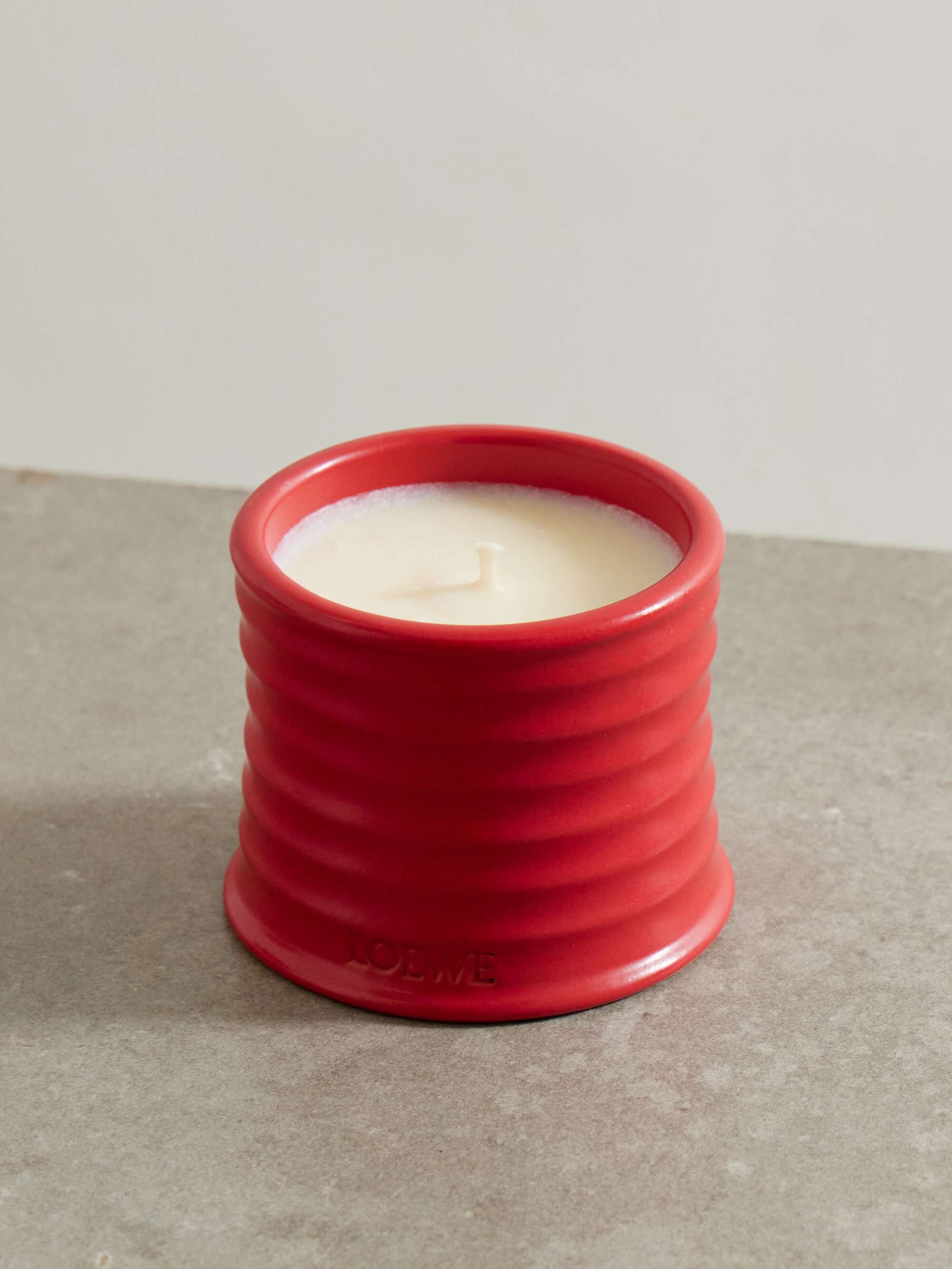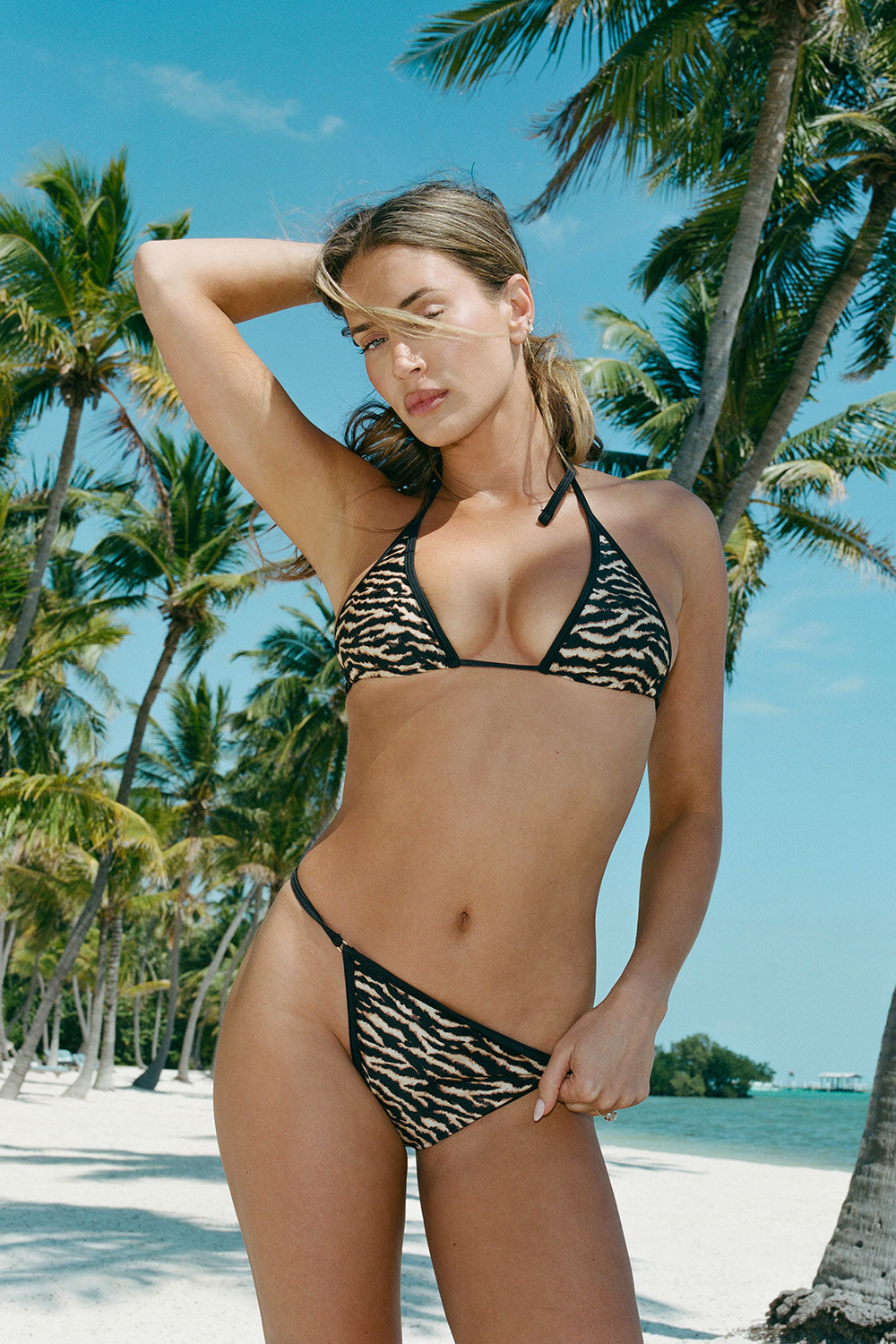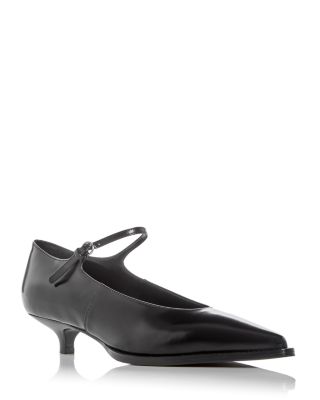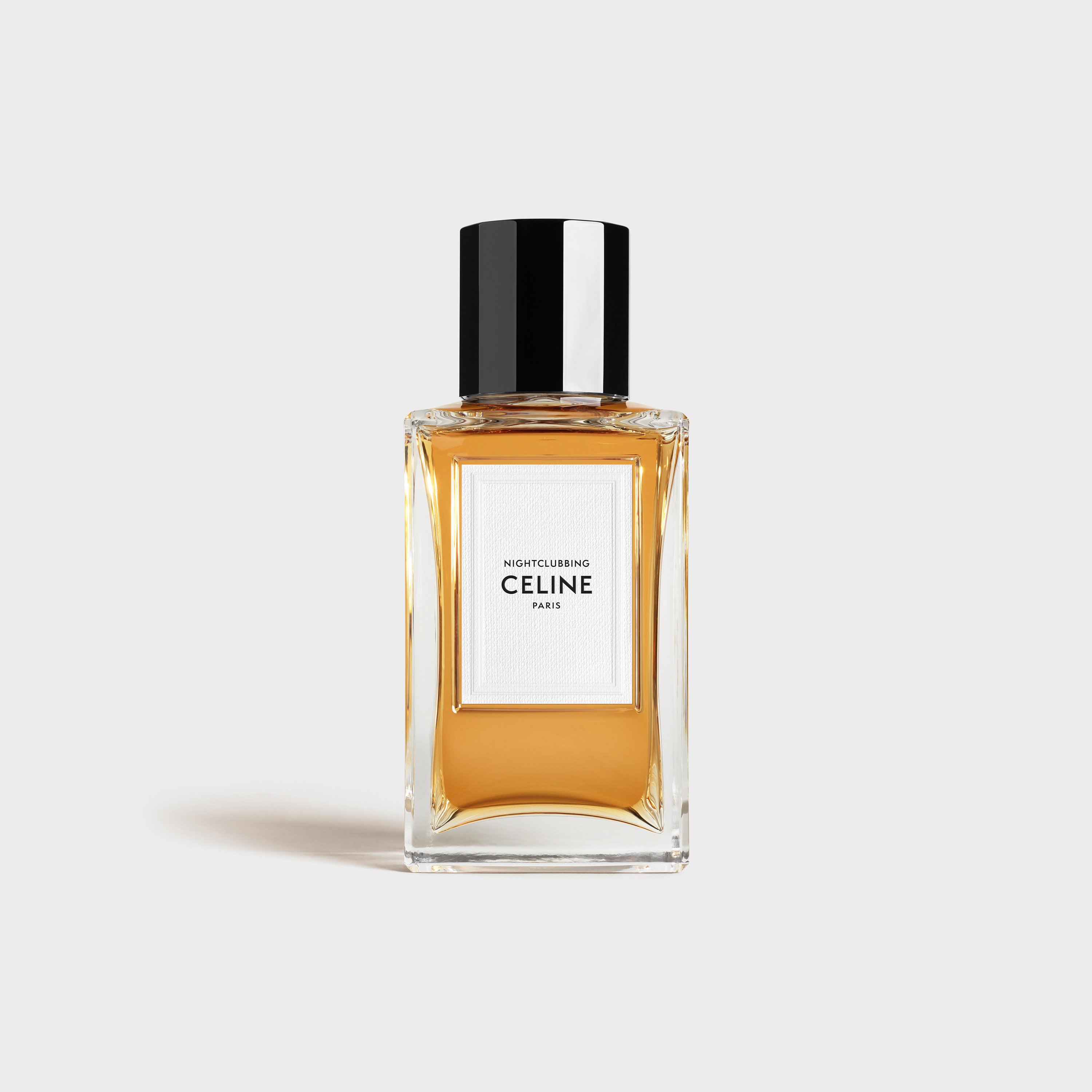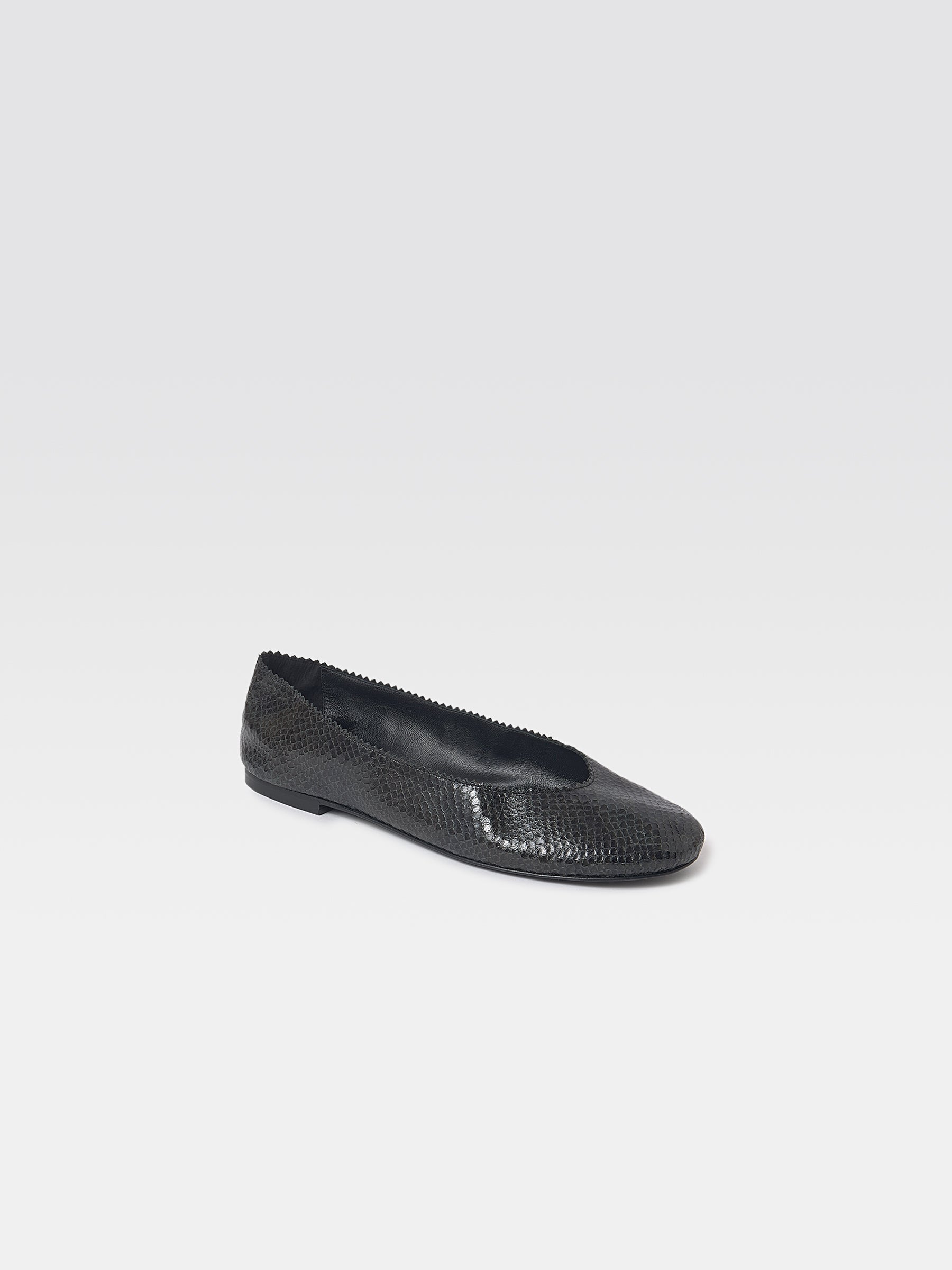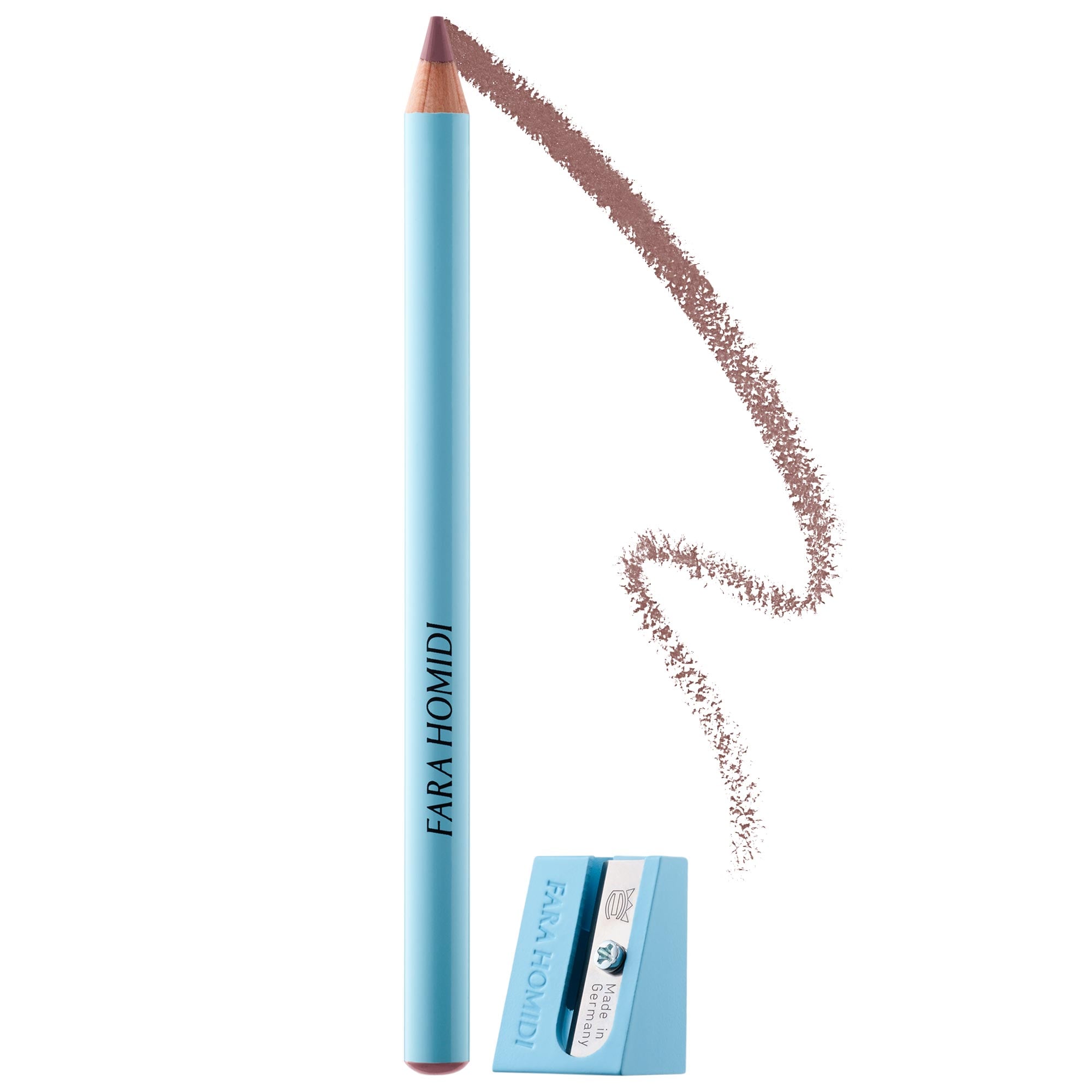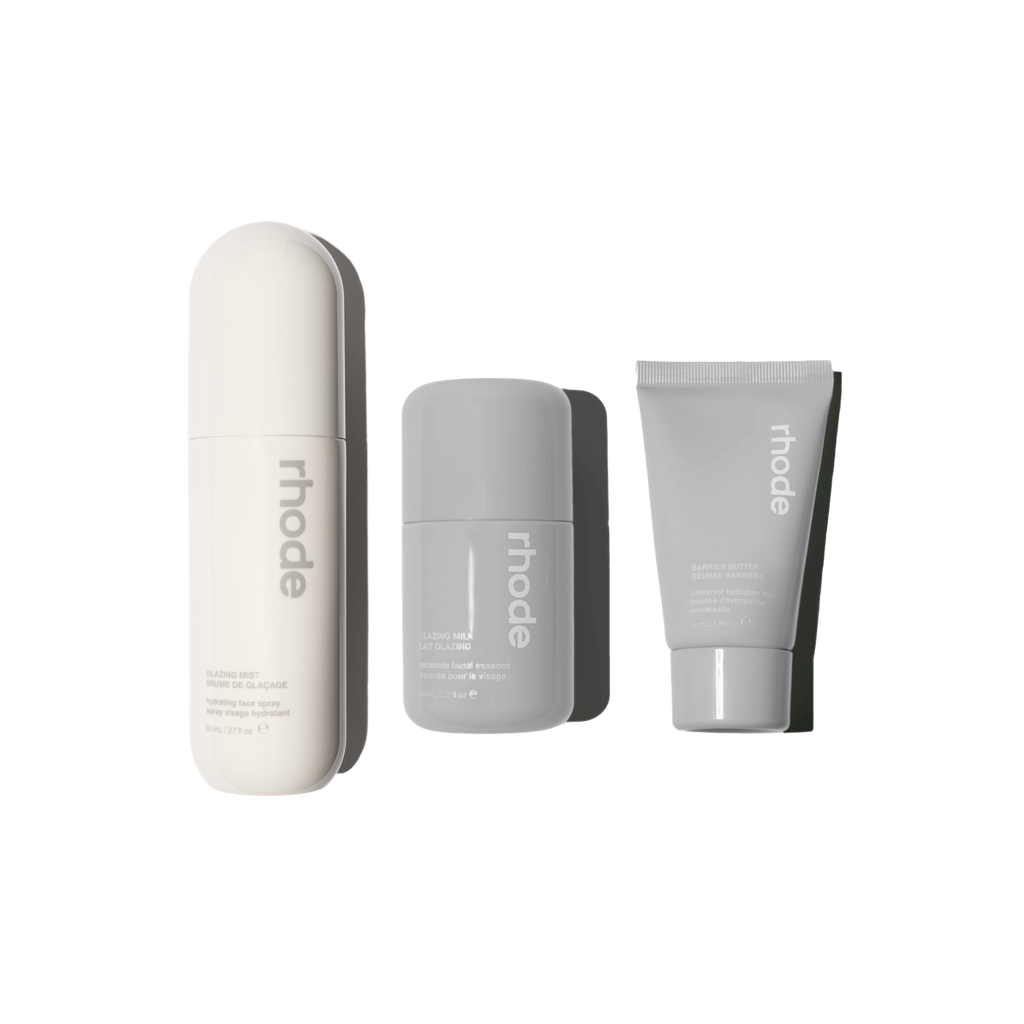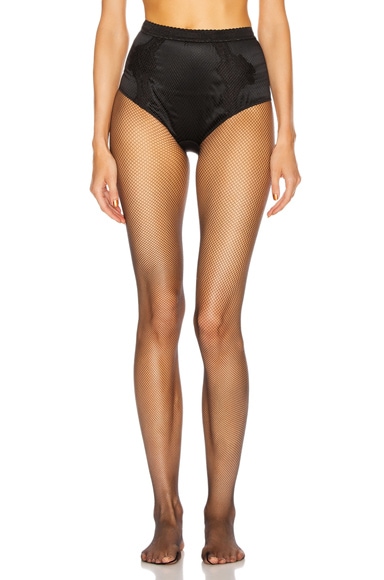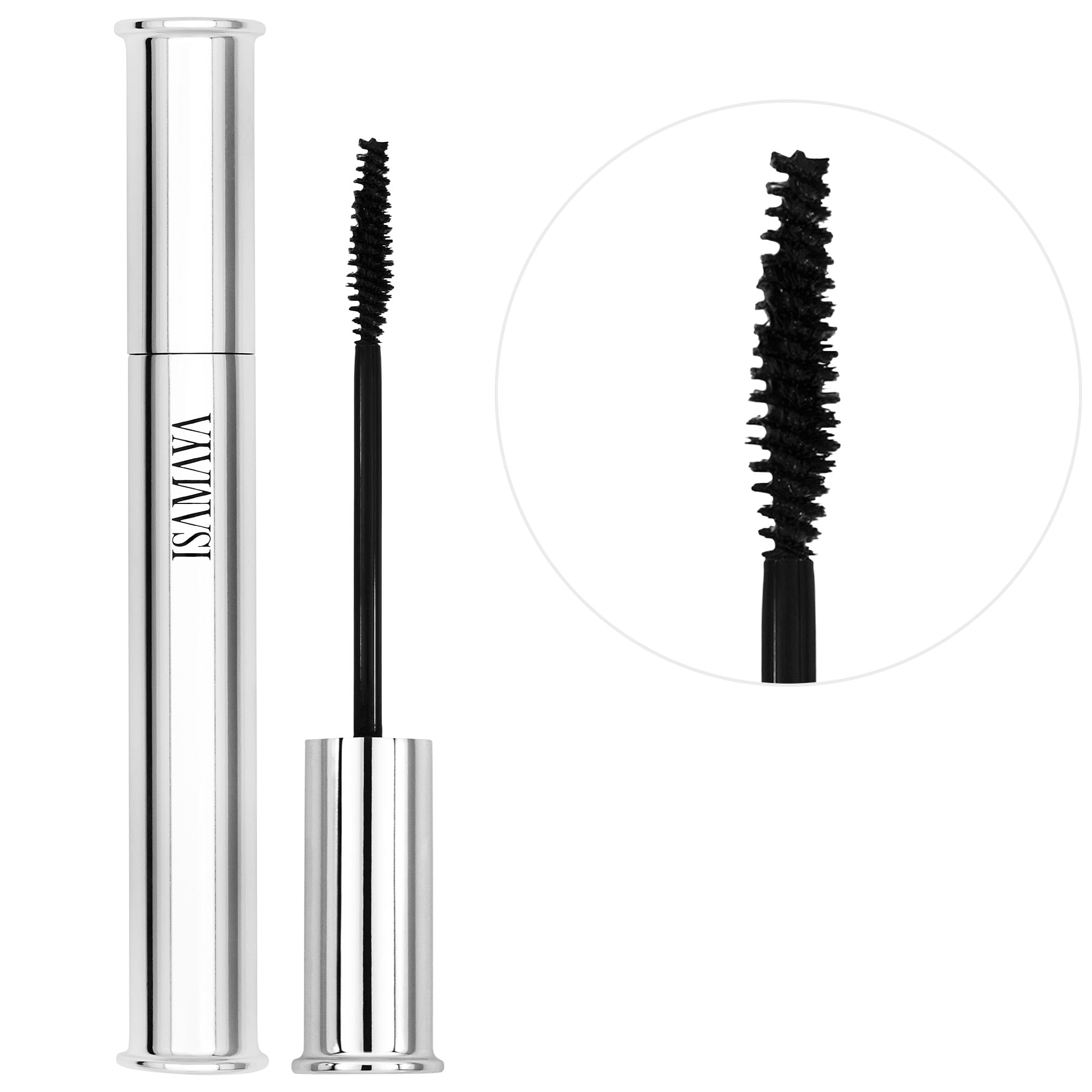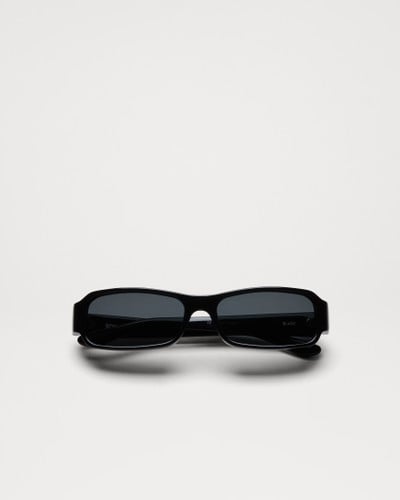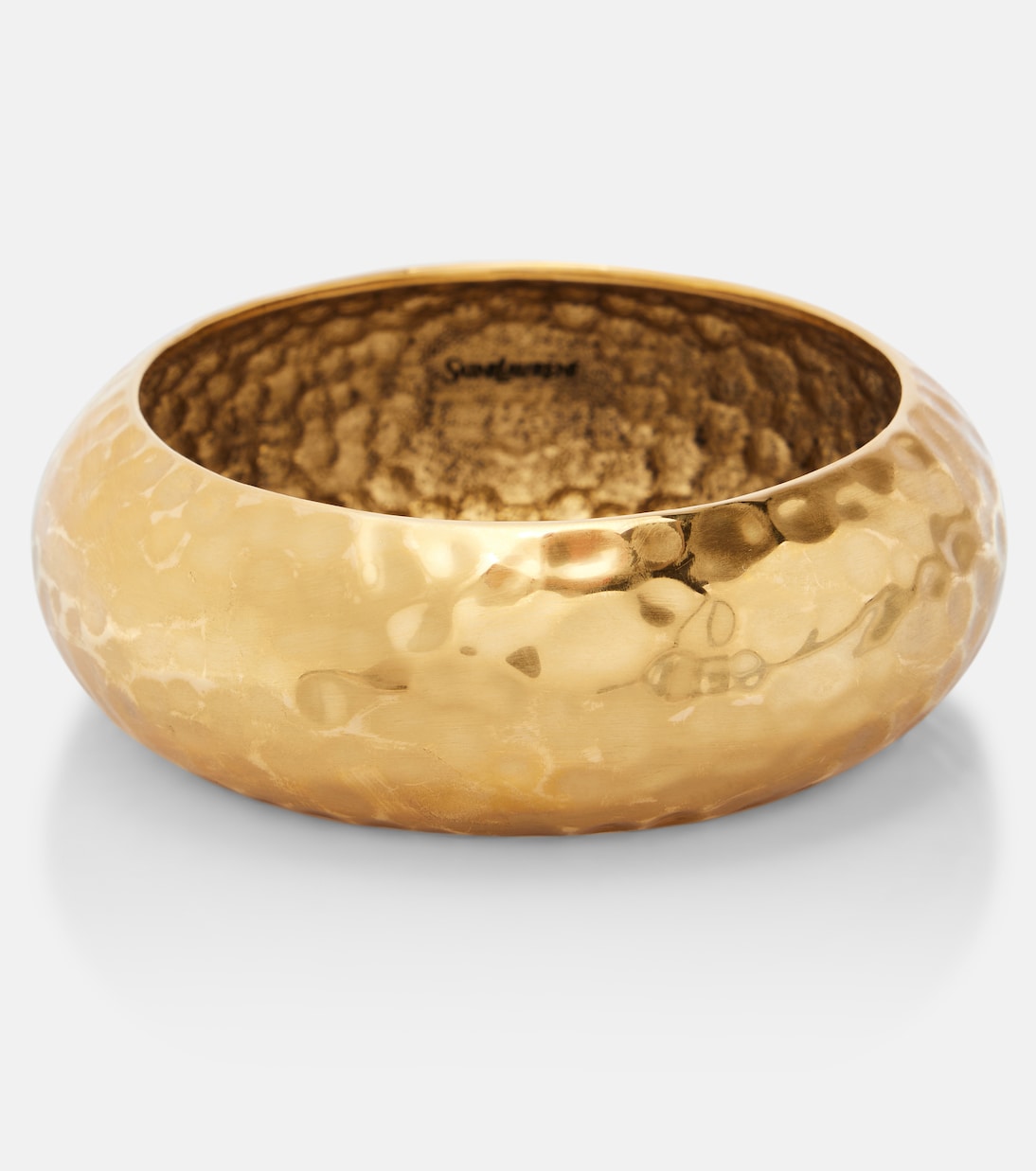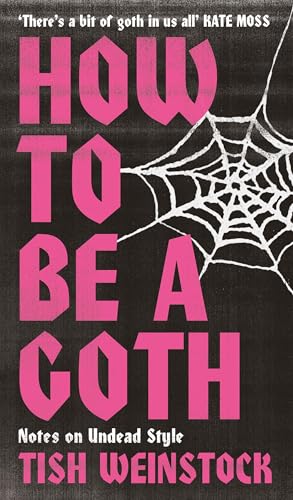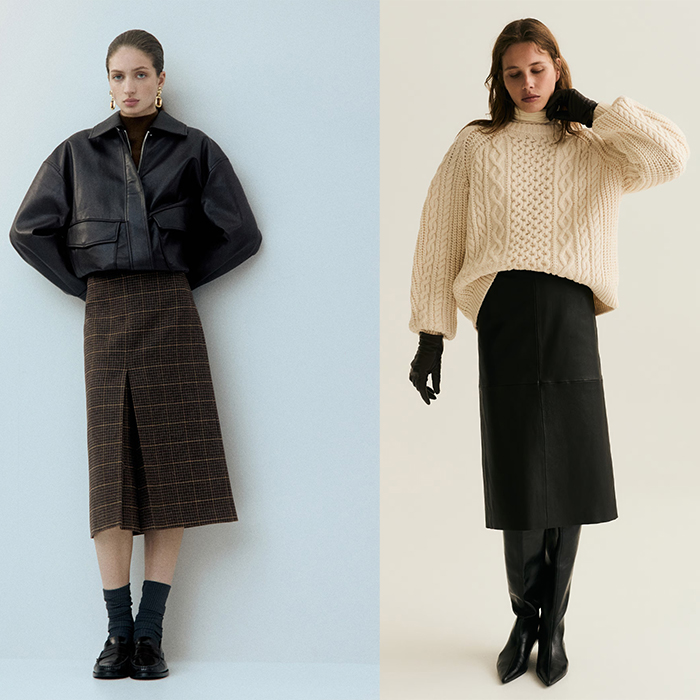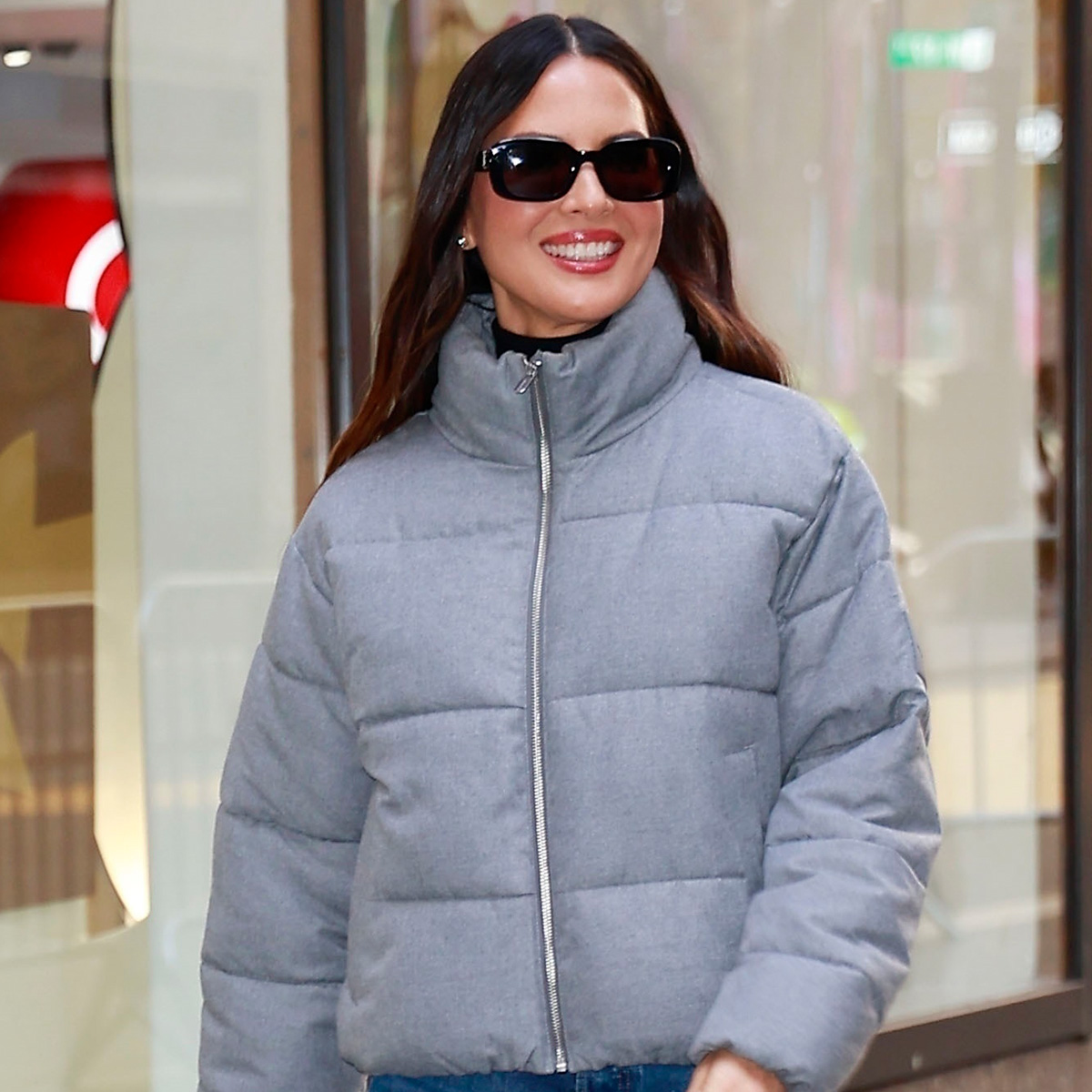I Spoke to British Fashion Muse Tish Weinstock—See Inside Her Goth-Chic Wardrobe
One of London's favorites.
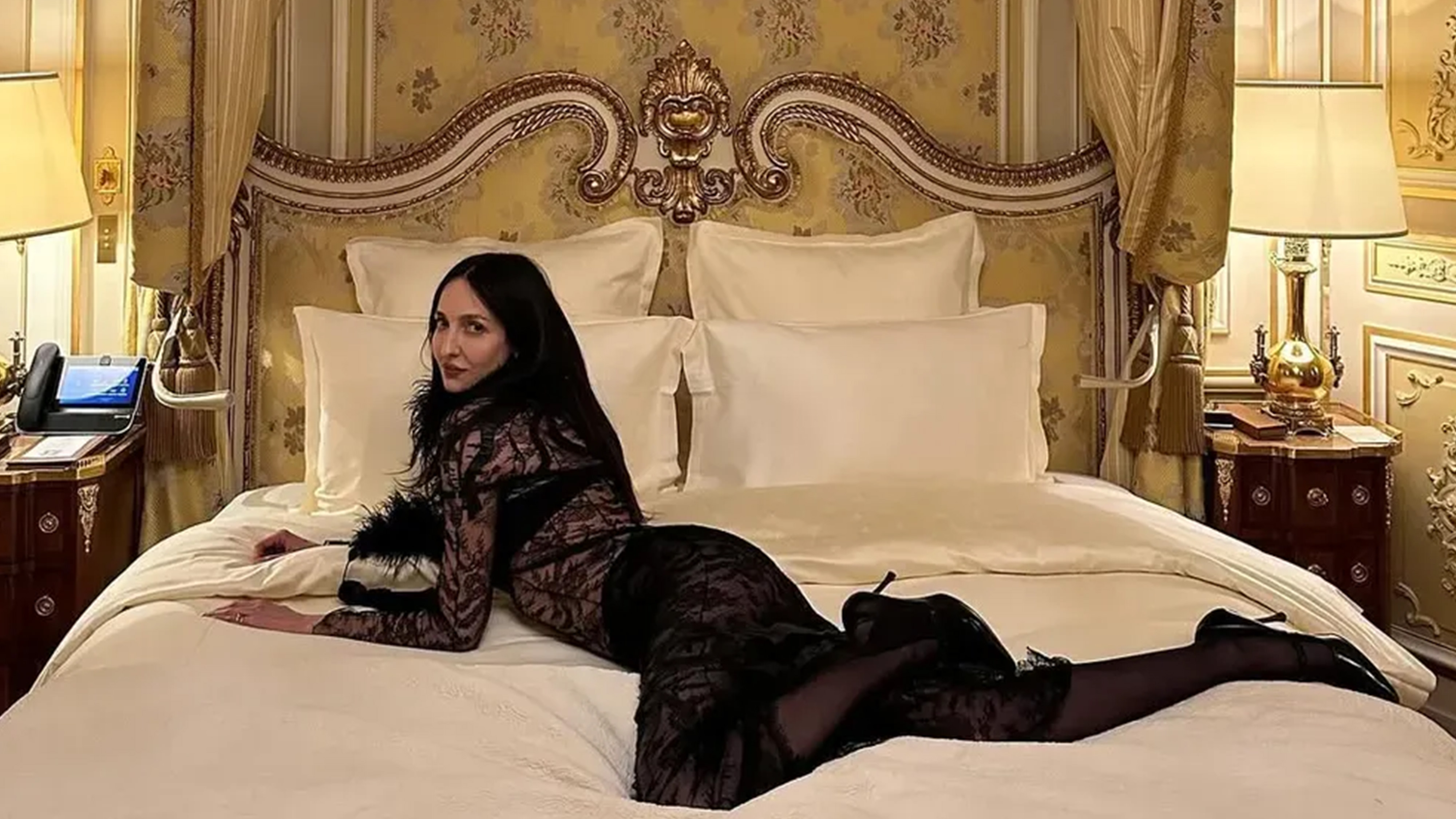
The night before my call with Tish Weinstock, I had a realization: Although I've followed her work for years—starting when I was an intern at I-D in London, where she was features editor—I hadn't fully registered that she was the one who gave me my very first byline.
I'm reminded of my initial impression of her all those years ago, and I've beem inspired by her approach to fashion and the distinctive path she's carved out in the editorial world as a writer and editor. Since then, she's become something of a British style icon—moving from I-D to Dazed to British Vogue and System; modeling for Vivienne Westwood and Maison Margiela; walking runways for Chloé and Conner Ives (which she began doing in her 30s); releasing her first book, How to Be a Goth: Notes on Undead Style, in 2024; and recently launching a Substack.
I've always admired her taste and trajectory, and I caught up with her to talk about career twists, getting dressed, motherhood, advice, and, of course, her shopping recommendations.
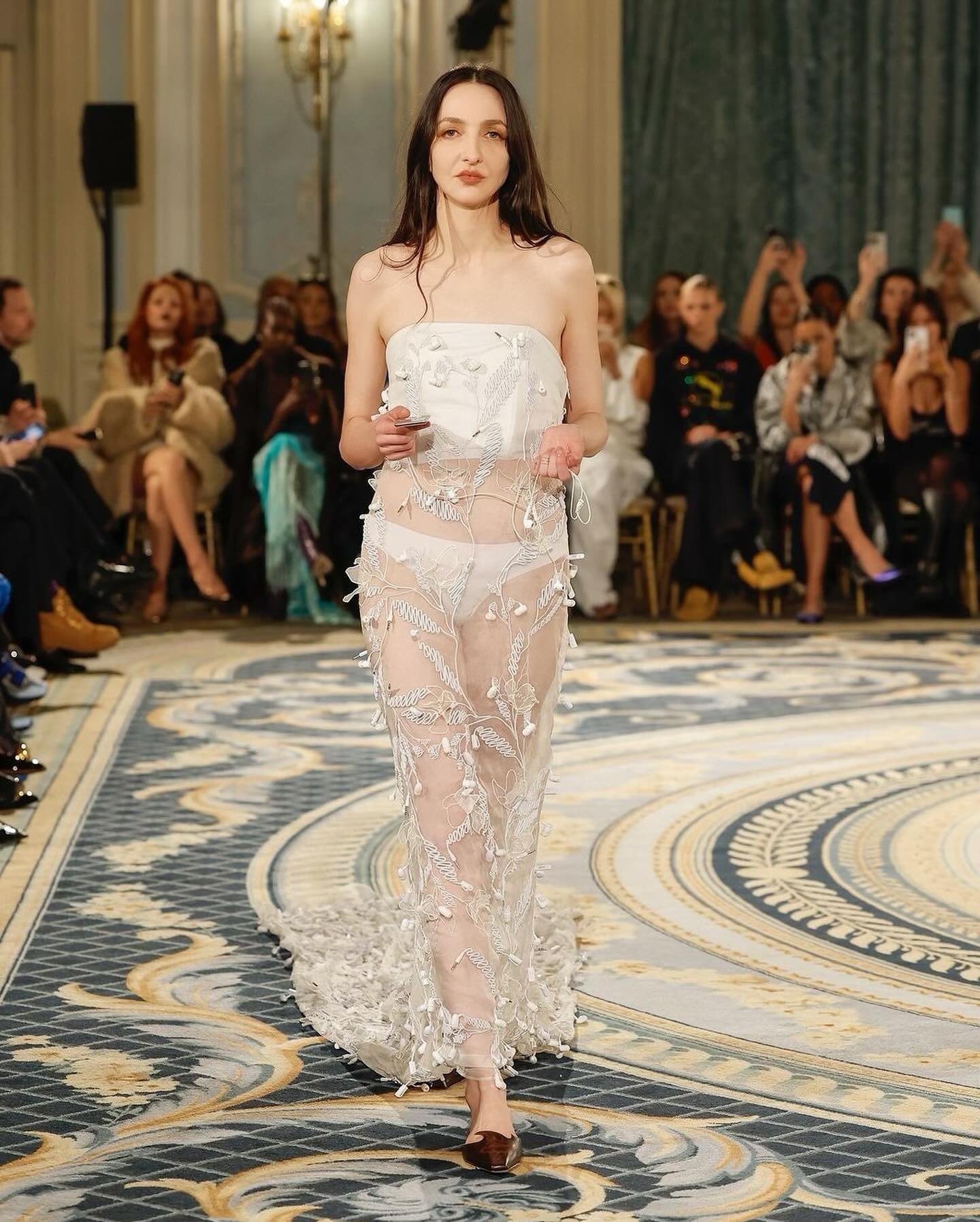
How did you get your start working in magazines?
I studied art history at Oxford, and I did internships at Tank, Garage, Vanity Fair, and my final resting place as an intern was I-D magazine. I just basically stayed there for ages, and I left as features editor. I left to go and do Dazed beauty with Isamaya Ffrench.
What got you into beauty?
It wasn't because I cared particularly about makeup. The reason why I got into beauty was writing about it at I-D. It was really performing well online because a lot of it was about third-wave feminism, the internet, body positivity. All of these conversations about diversity, inclusivity, self-acceptance were really starting to proliferate through the culture. There was this moment where people were sitting there in their bedrooms doing crazy makeup. Obviously, people have been disrupting the codes of beauty for years—like Grace Jones, David Bowie, Siouxsie Sioux—but they were very much seen as on the fringes of culture, whereas we were suddenly seeing these things on a mass scale and at a viral pace. It was just this onslaught of imagery of alternative beauty. Isamaya was using a lot of tech to reimagine what beauty could look like. … At the time, people were like, "What is this beauty?" But now, look—it was very much ahead of its time.
And then you ended up at Vogue after that.
I did Dazed beauty for however many years, then I had a baby and thought, "Okay, that's a wrap. I'm not going to be an office girlie anymore—I'm going to be a lady who lunches." I didn't really stick to that plan.
My old editor from I-D, Holly Shackleton, messaged me. She was working for Vogue Global Network at the time, and she was like, "Do you want to do beauty there?"
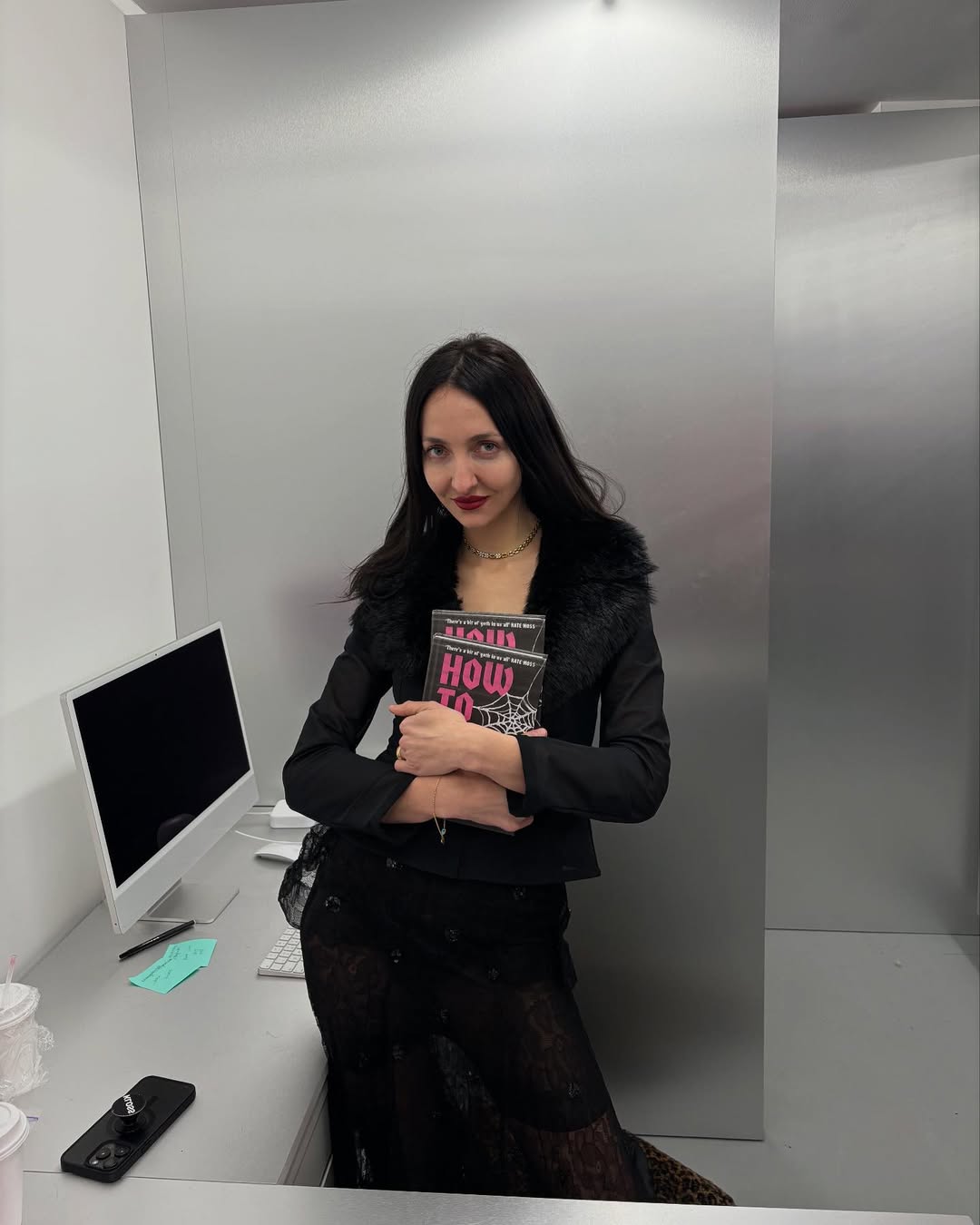
You've since written a book called How to Be a Goth: Notes on Undead Style. How did that come about?
I got commissioned to write a piece for British Vogue on Tim Burton's Wednesday, and afterward, my editor said, "Would you write a book on how to be a goth?" I was like, "You want me to write a manual on how to be something—specifically a subculture that people are very protective of? No."
But my husband encouraged me: "You can do it in an interesting way." So I started rereading pieces I'd written at I-D about the death of subcultures in the age of the internet and virality. I realized I could come at it from that angle. I didn't want it to be like, "Here's how to dress like me." Instead, I decided to tell the stories of women I think are amazing, who lean into the darker side of things and do everything on their own terms. It became a kind of love letter to women who are unapologetically themselves.
Writing this book, I realized how everything connects. It was something I'd been thinking about my entire life without having the words for it. I traced back why I was obsessed with Morticia Addams, why I dress the way I do, what I was drawn to at school. I was never into princesses growing up—I loved Maleficent, the evil queens, witches. My dad died when I was 5, so our house was very much steeped in grief. I was aware of my mum's and sister's sadness, and at that age, I couldn't really process it, but I could feel it. I thought that was the norm. I think that's why I was drawn to darker characters.
I've been listening to the audiobook, and I find it so beautiful how you speak personally about grief. I also love all the music and film references. I'd love to, of course, talk more about the color black as well…
I think black, obviously, is a key part of the goth aesthetic. The goth subculture that very much happened in the '80s was about the color black. People wanted to cultivate this scary, shocking, antagonistic look.
What differentiates it from the punk movement—which was also about raging against the machine—is that goth is very romantic. I'm drawn to things that aren't black, but they still have a kind of romance. I love vintage because it has so much history steeped in it. I imagine who would have worn it, what their life would've been like.
Black is my natural, my most comfortable. Most of my wardrobe is black. It's a base level for me. I feel safe in it, but I also feel powerful. I feel feminine in it without being too girly. It's like the shadows, which I feel safe in. It's a way to hide but also to stand out. You can slip away wearing black, but your eye is also drawn to it. It's this tangle of opposites, and that's what I find so attractive. Yohji Yamamoto has an amazing quote when he talks about black. He explains all of the contradictions that are encapsulated in black…
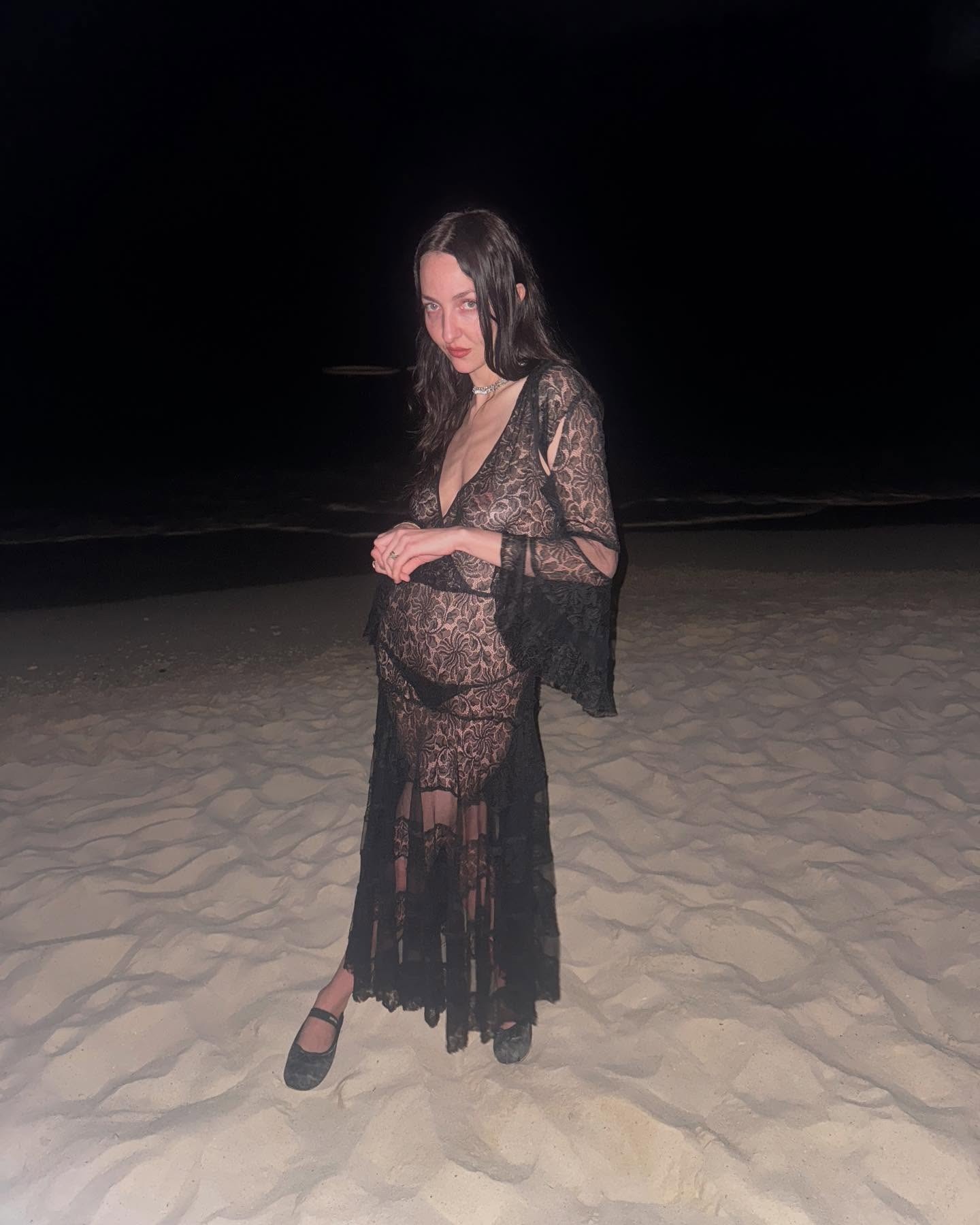
What types of clothes do you find yourself wearing in the summertime?
I've got a lot of the same thing in my wardrobe. My summer uniform is usually a '30s-style dress in white, salmon pink, baby blue, or mint green because black in the sun is horrible. I love Picnic at Hanging Rock as a reference. I adore white lace, but I'll also wear a bit of black lace in summer. When you're wearing black on a beautiful beach and everyone else is in color, there's something really interesting about that contrast.
Would you say that you have a uniform approach to dressing?
Totally. In winter, I want to wear a long black skirt or a long black dress but with a blazer or a cardigan. I've got loads of John Galliano black cardigans and his bias-cuts. In autumn and winter, I want to look witchy.
Galliano is top-tier. What do you think draws you to him?
I think just his ability to use clothes to tell stories and create these fantastical worlds. Sometimes it's dark, sometimes it's light, and I just think the clothes look great on. I was lucky enough to go to his last show for Margiela, and that one—the sensation—it was incredible. This spoke to me in a way that I was like, "This is so wild, so hypnotic."
Who are some of your other favorite current designers? Who are you excited about right now?
Obviously, [I] love Conner Ives. Aaron Esh is really good. I love seeing Charles Jeffrey and Simone Rocha. I'm very excited to see what [Jonathan] Anderson is going to do at Dior. I love Valentino. I'm interested to see what Demna will do at Gucci as well.
What are your favorite smaller brands? I saw you recently mentioned Gimaguas on your Substack.
Everything they do isn't pretentious, has a point of view, and isn't like everything else. All-In is this really cute couple based in Paris, and they do little skirts. Another young London brand is Lucila Safdie. It's very young, cute, internet-y.
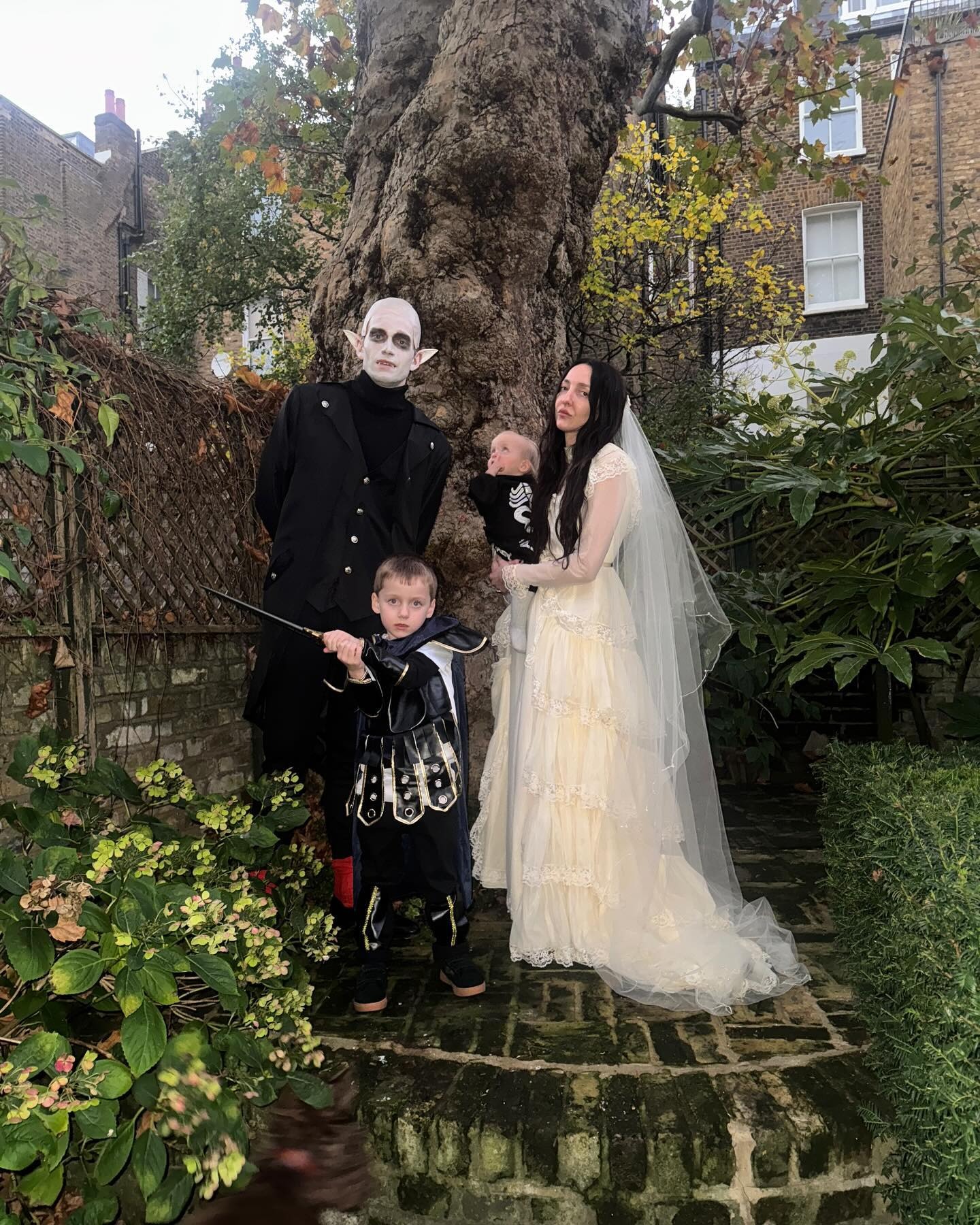
I'd love to hear more about your wedding, which was unconventional and such a perfect example of how to subvert tradition.
In the lead-up to our wedding, I was like, "I need this to be this gothic sort of moment" because I was like, "How do I be a bride? What does a bride look like? How can it still be me and also be a bride?" I was like, "It's got to be vintage." I wanted to look like Miss Havisham and Wednesday Addams. I wanted to look like I was dead—like a ghost but beautiful.
I had really long hair put in by Alex Brownsell, and Isamaya did my makeup. We had all these gothic props: candles, giant skulls, red lighting flooding the house, weird medieval sculptures, gargoyles. There was an arch of bones as you walked into the church. It was basically Halloween. Friday night was Halloween themed, and the second night was gothic black tie.
Basically, the only way I could feel like myself on a day where I felt like an alien was to lean into this gothic drama and mystery. I wanted to create this weird, magical underworld, like a dark, romantic fantasy. Otherwise, I personally would've found it really boring.
As a woman, I think it's common to have negative thoughts about aging or "growing up." I've always found it helpful to see people a few years ahead showing that getting older and motherhood don't have to look one specific way—that they can be embraced without sacrificing personal style or identity. Do you have any advice for future or new moms?
I think anyone who can have a child—you can just have one. For everything else in life, you need a test, an exam, revision, practice, prep work. But if you can literally have a child, you can just have one. It's interesting that there's no test to be a parent, and it all happens suddenly. You leave the hospital or wherever with a baby, and you don't instantly become a mother because of that. It's something you learn in real time while looking after your kids, which is scary.
You're like, "Where's the rule book? I'm doing it wrong." It gives you compassion for your own parents because they didn't know what they were doing either, even if it seemed like they did. Everyone's just making it up as they go along.
There's something to be said for instinct, but it's still scary, and everyone's in the same boat. I think the main thing is just to do the best you can and keep an open dialogue with your kids, with your partner. Talk about mental health, the ugly side of being a woman, all of that. I think that's really important.
Sara Petersen has a Substack called In Pursuit of Clean Countertops, and she writes about how kids change your life in a funny, honest way. I'm definitely not a perfect mother, so I just try to lean into not being perfect and surround myself with like-minded people.
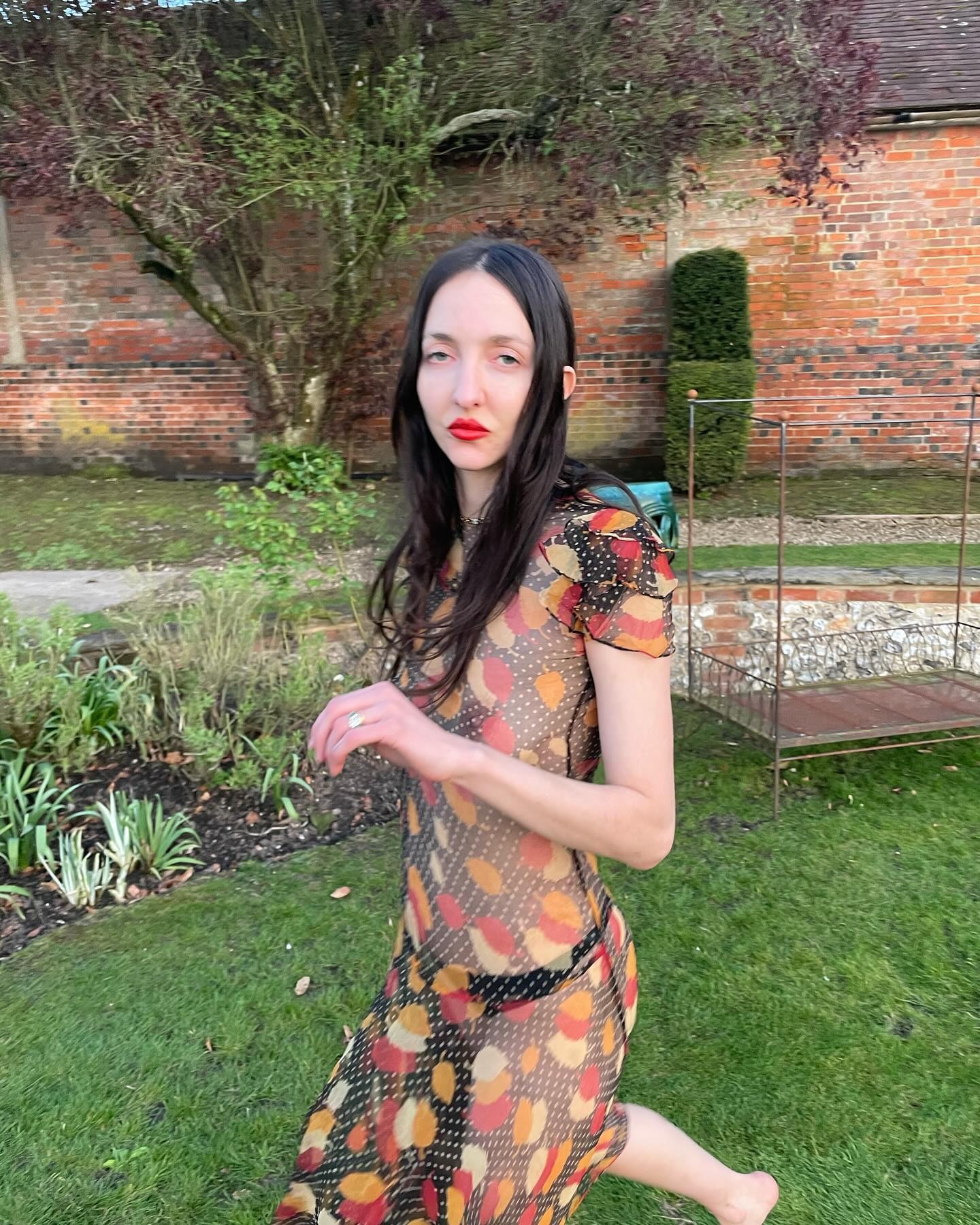
I noticed you once asked someone in an interview, "What advice would you give to younger girls who feel like outsiders and want guidance expressing themselves?" I liked that question and wanted to ask you the same.
I'm still someone who struggles with extreme imposter syndrome, self-doubt, and insecurity—like anyone else. No one knows what's going on inside. You only see what's on the surface. There are people I think are amazing and cool, but deep down, they might be thinking, "I hate myself."
You can be immensely proud of something you've accomplished—like, "Oh my God, I did this great thing!"—and still think, "I'm not good enough" or "I hate myself." We have such a capacity to undermine ourselves, and that's shaped not only by personal experience but also by generations of women being taught to downplay their strengths. It's cultural, but it's also deeply internal. A lot of people I've interviewed say the same. It's a lifelong process.
My favorite part of writing was talking to women over 50 who were just so unafraid of themselves. There's this idea that women should wither and disappear after a certain age, but actually, the ones who take up space then? They're formidable. Think of Michèle Lamy or Louise Bourgeois—she only started making those giant spider sculptures later in life. That's what I want to be when I grow up: fearless.
The cruelty is that confidence often comes later. When you're young and full of energy and curiosity, you're also riddled with fear and insecurity. You're like, "I have all these desires and all these anxieties—what do I do with them?" Being a teenager is a nightmare. Then your 20s and 30s are just negotiating all that: the ambition, the exhaustion, the weight of life. But yeah, I'm definitely more confident now than I was then.
How do you navigate that anxiety and self-doubt in yourself?
There's no off button for anxiety or insecurity—I wish there was. I've definitely had moments where I'm like, "Okay, I'm going to be happy and fulfilled and confident today." But what actually works is focusing on other things. Being present. Writing. Hanging out with my kids. Getting off Instagram is crucial. Reading a book, watching a film, listening to a podcast. Just anything that pulls me out of my head.
That's where it all lives—in your head. Your circumstances don't necessarily change. It's just your perception that shifts. I can go from feeling really blessed, which I am, to feeling totally low, and nothing external has changed. In those moments, I try to return to the present.
Gratitude lists help. I've started doing Pilates, which gives me something physical to focus on. But honestly, it's about finding whatever grounds you, whatever gives you a break from yourself.
And you have to be kind to yourself. We're so good at beating ourselves up, but it's important to remember this too shall pass. Things shift. A lot of creative people struggle with the same thing. We all have emotional sides that aren't always visible online. No one's a finished product. It's a lifelong quest to figure out who you are.
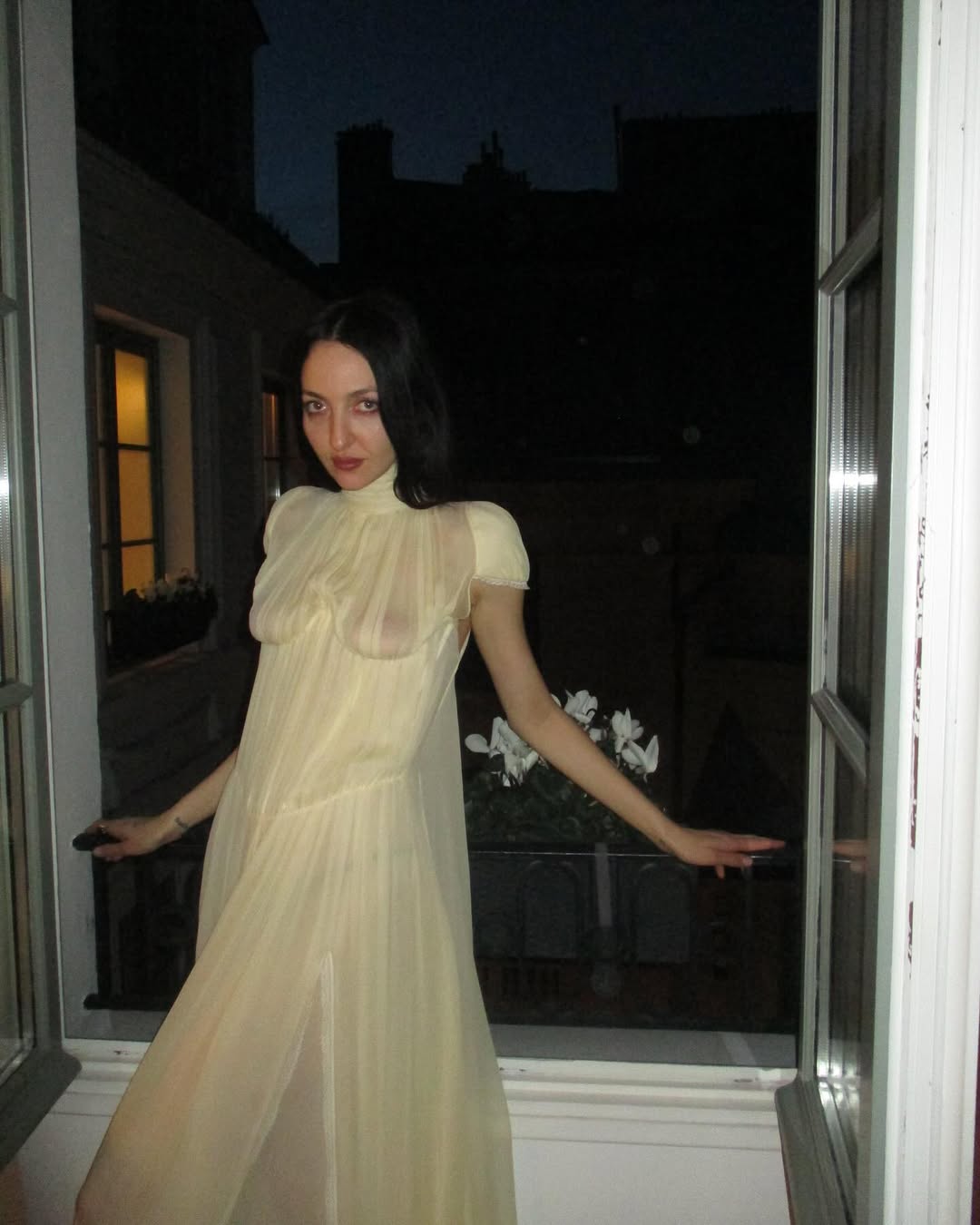
Shop Weinstock's Favorites
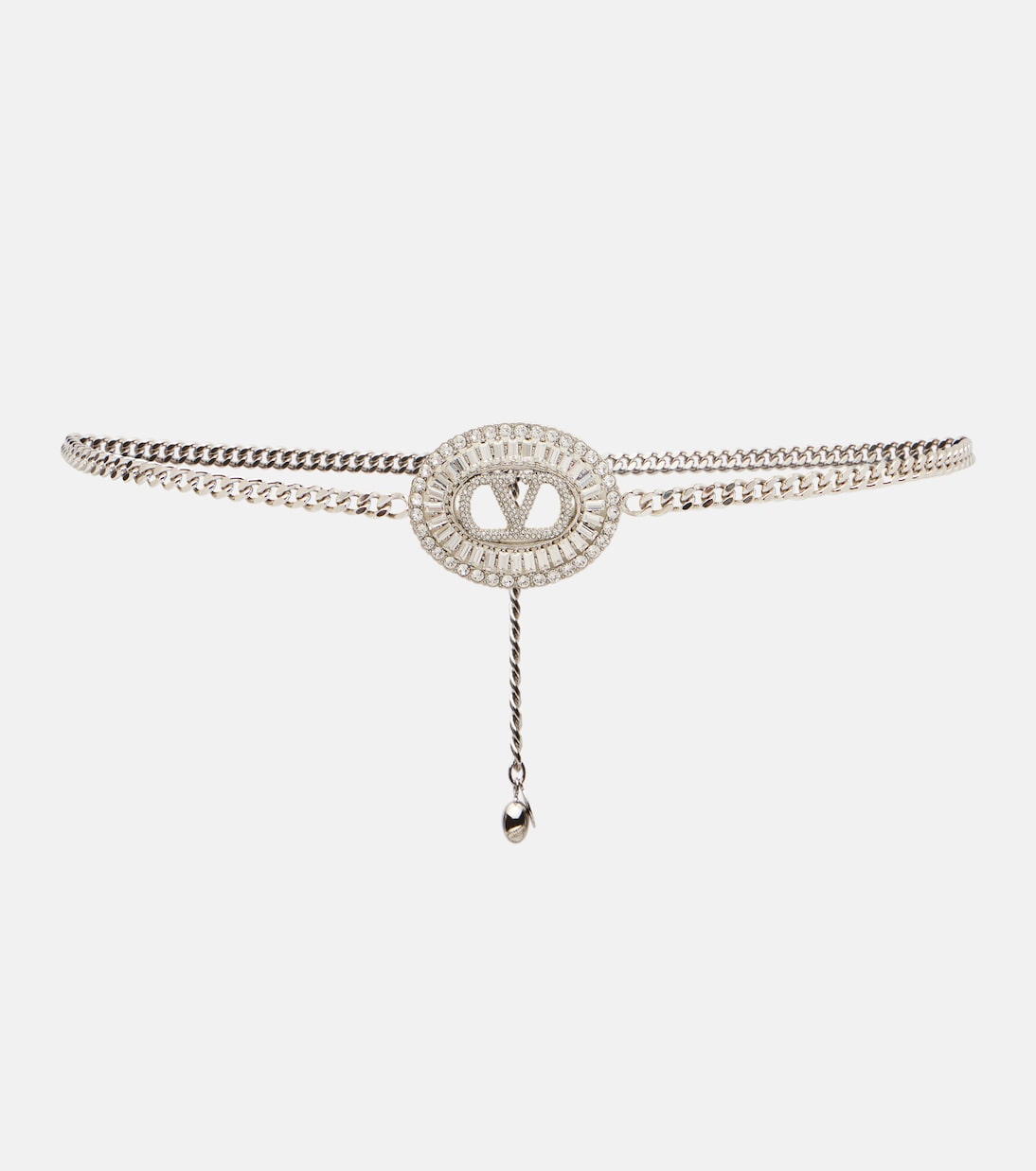
"I'm obsessed with Alessandro-era Valentino. It feels so decadent and romantic and old-worldly but also young and fresh and silly and free. If you want the Valentino look without the hefty price tag, opt for something vintage and then style in one of their accessories, like this art deco–style belt."
Shop Weinstock's Book
-
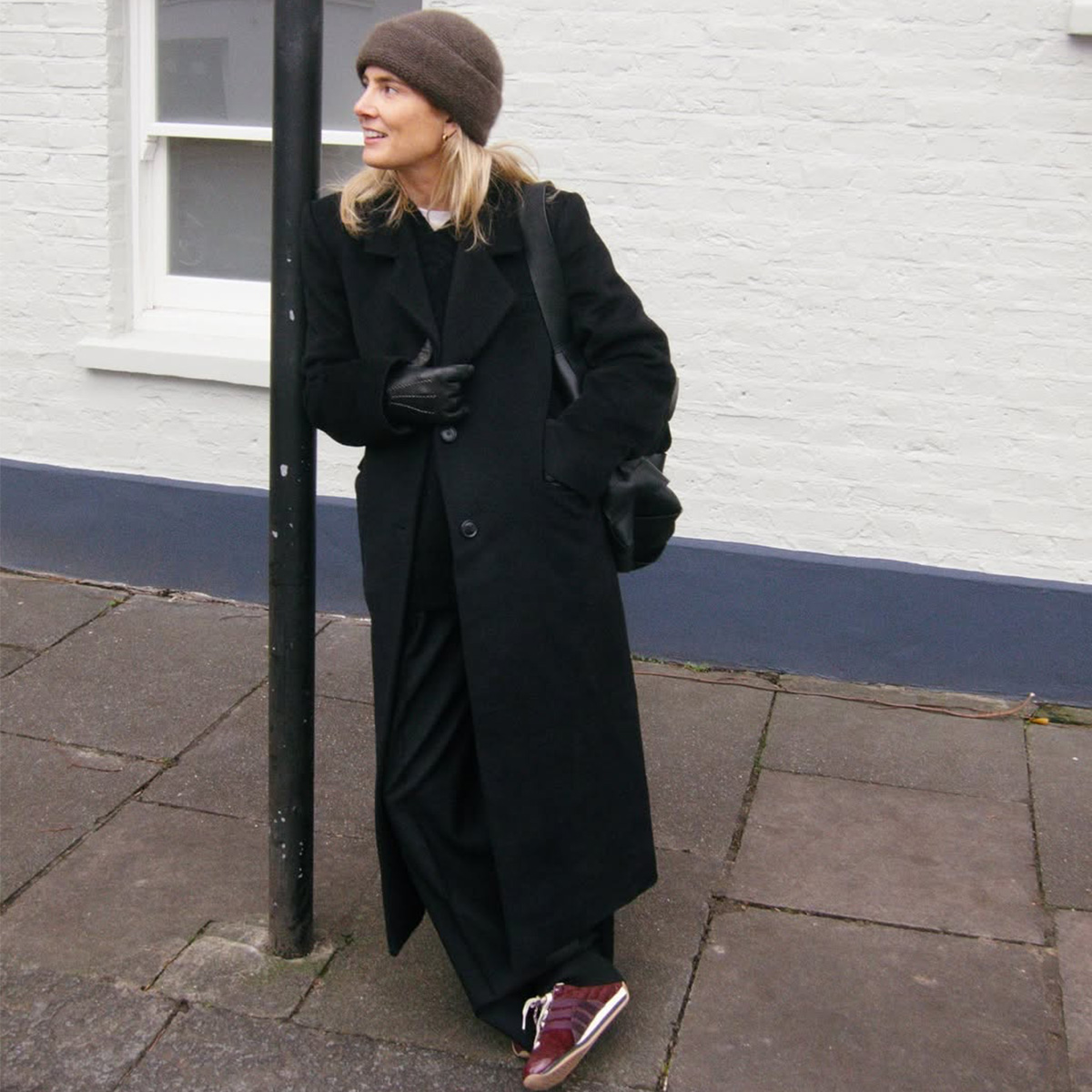 From Shoreditch to Soho: The Sneaker Brand Everyone's Wearing in London Right Now
From Shoreditch to Soho: The Sneaker Brand Everyone's Wearing in London Right NowThree stripes.
-
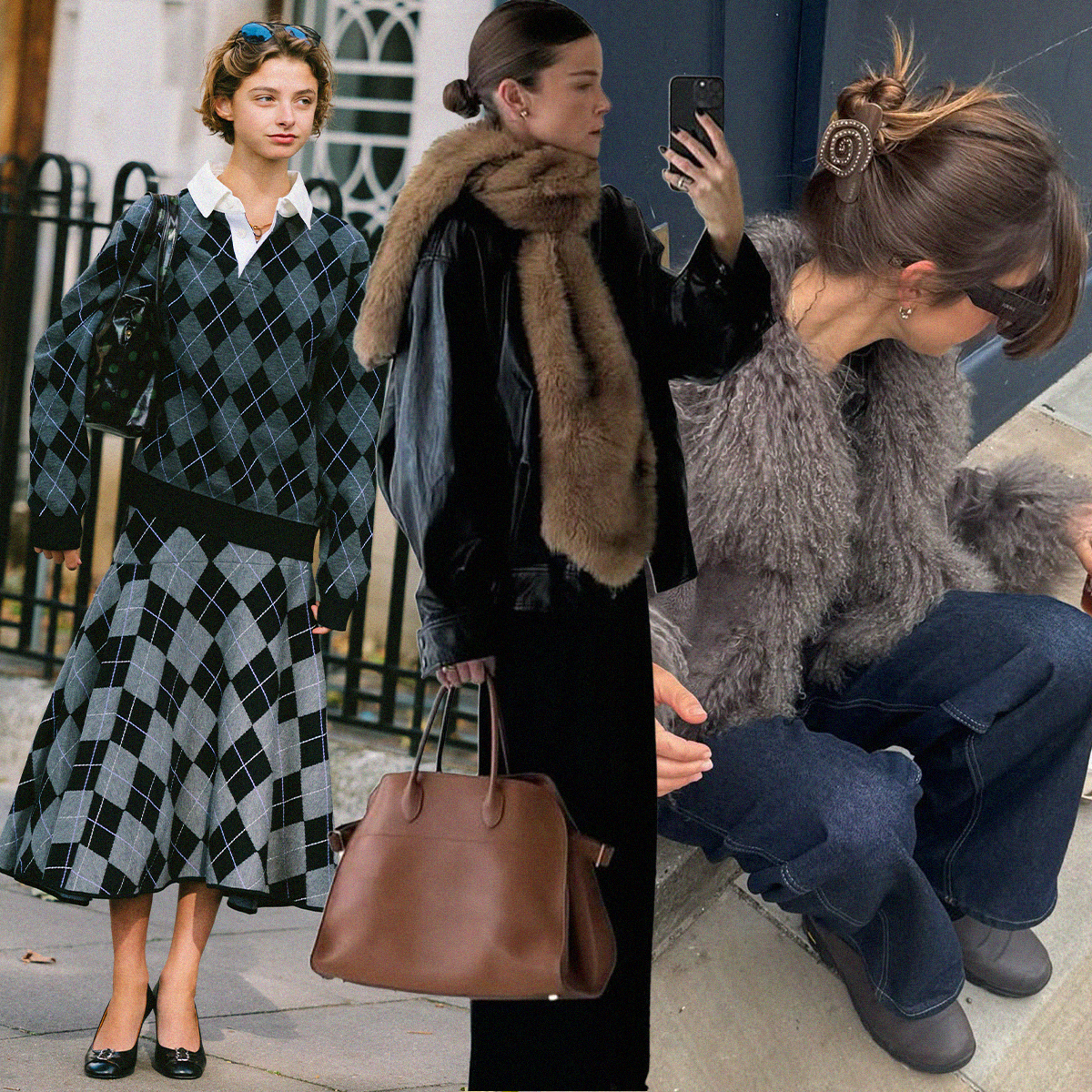 I Just Got Back From London and Saw These Anti-Trends Everywhere
I Just Got Back From London and Saw These Anti-Trends EverywhereFrom outerwear and prints to cold-weather accessories and the sneaker brand seemingly everyone was wearing.
-
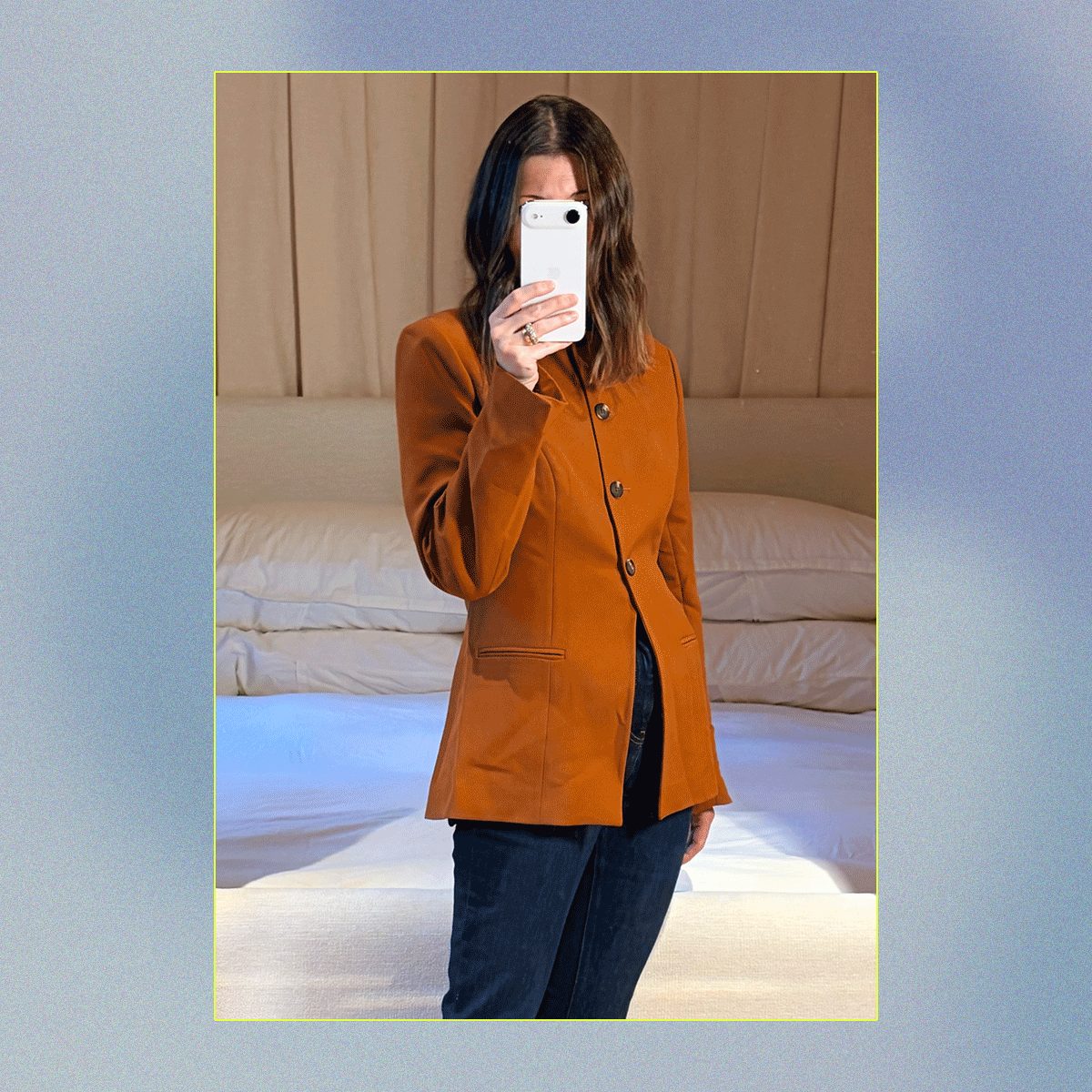 I'm a Fashion CEO Who Just Moved From London to the Upper East Side—Here's How I'm Making My Wardrobe Feel More "NYC"
I'm a Fashion CEO Who Just Moved From London to the Upper East Side—Here's How I'm Making My Wardrobe Feel More "NYC"According to Aligne's Ginny Seymour.
-
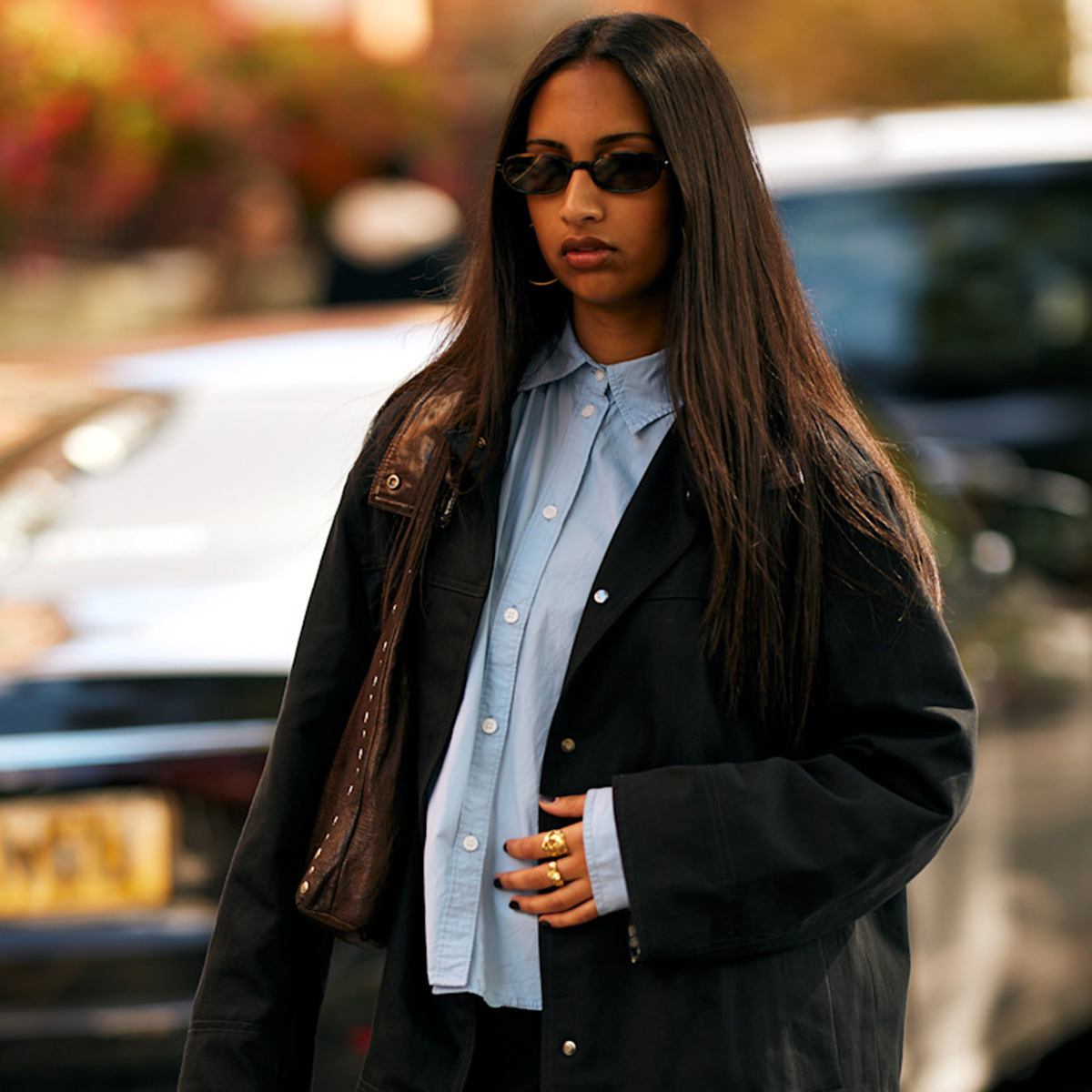 Suddenly, Every Londoner With Good Taste Is Styling Their Fall Loafers Like *This* (and Not Like This)
Suddenly, Every Londoner With Good Taste Is Styling Their Fall Loafers Like *This* (and Not Like This)Take note.
-
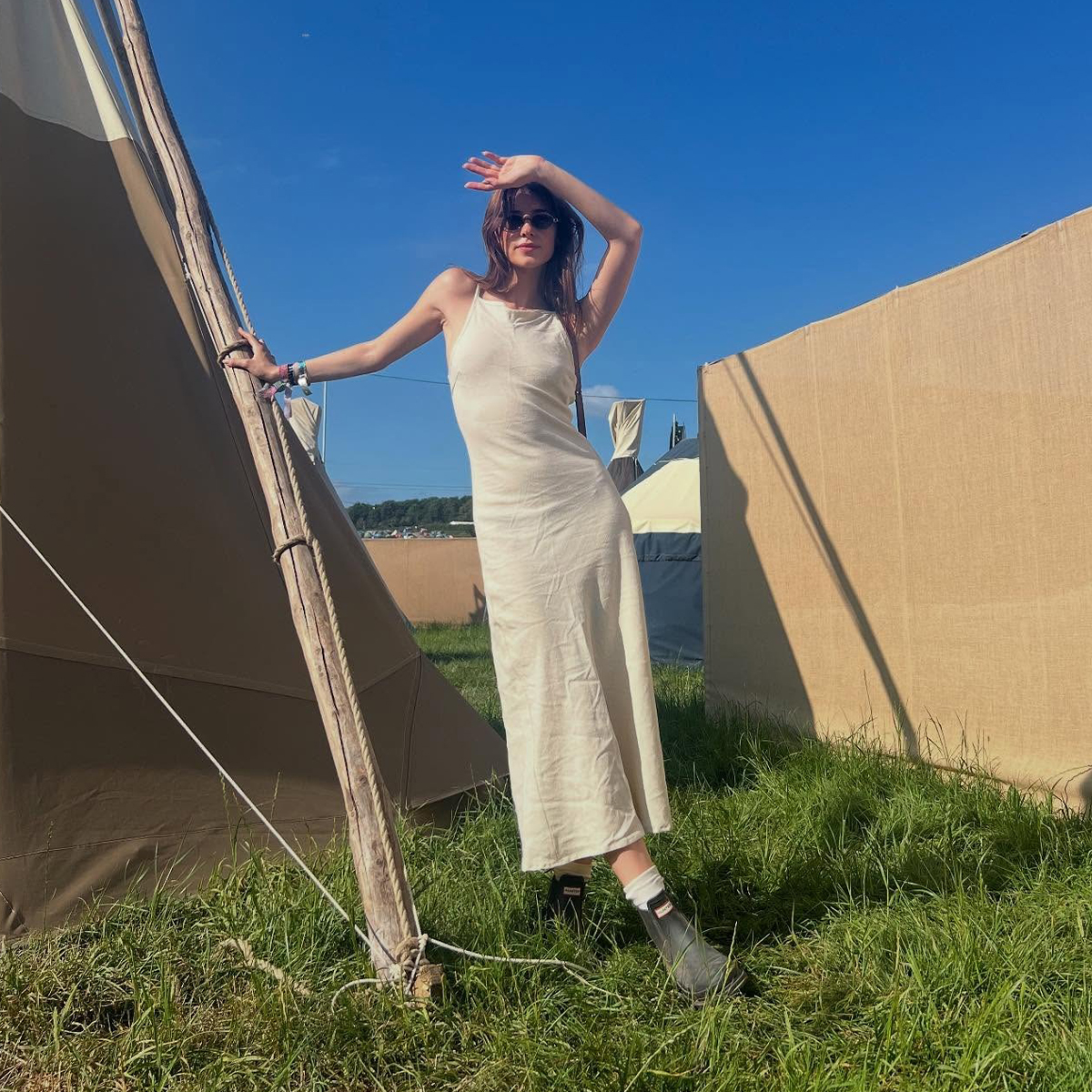 I Predict These Classic Boots Spotted on London Fashion People Will Dominate NYC Sidewalks This Fall
I Predict These Classic Boots Spotted on London Fashion People Will Dominate NYC Sidewalks This FallAs seen on Daisy Edgar-Jones.
-
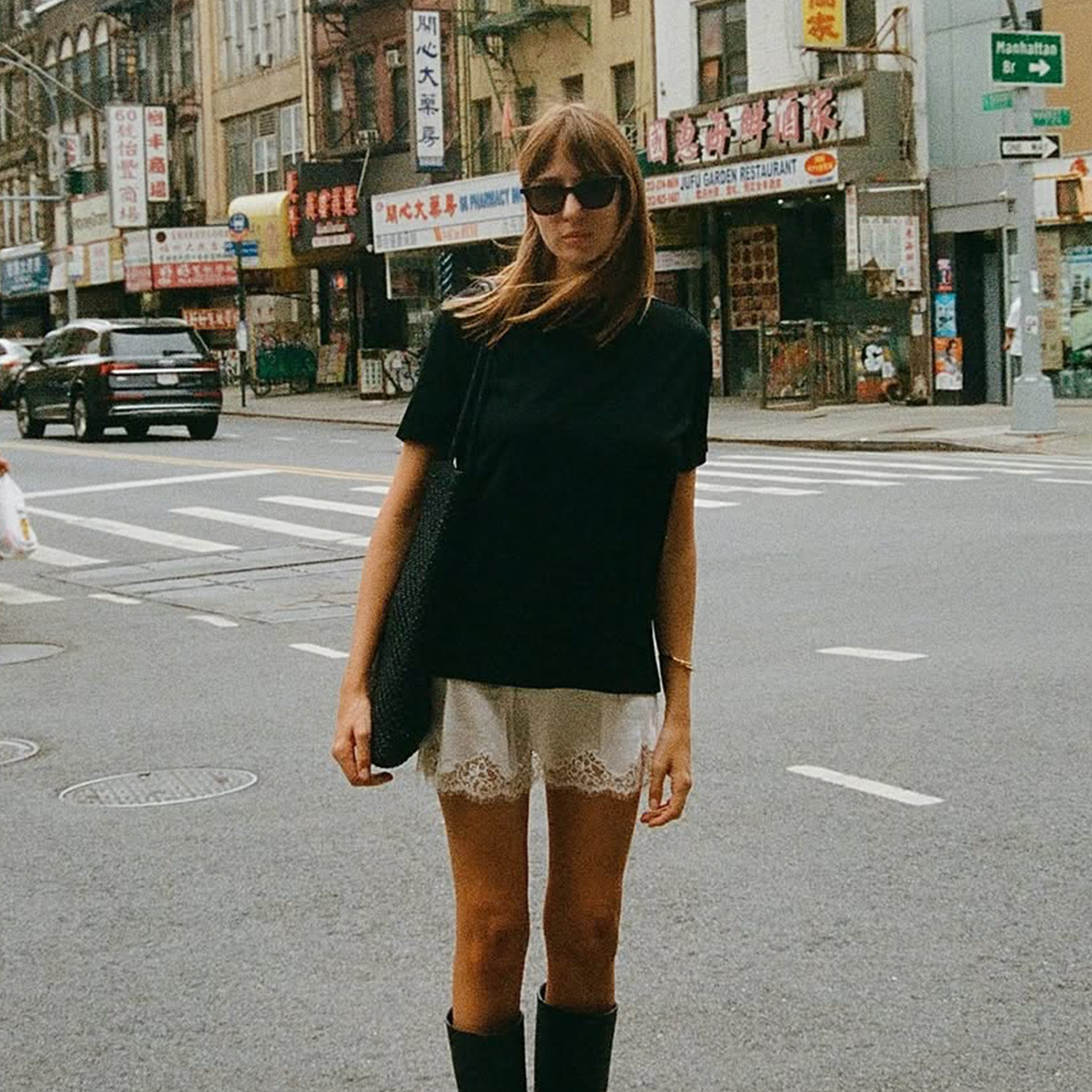 8 Trends East Londoners Are Wearing Every Time I Leave My Flat
8 Trends East Londoners Are Wearing Every Time I Leave My FlatLike clockwork.
-
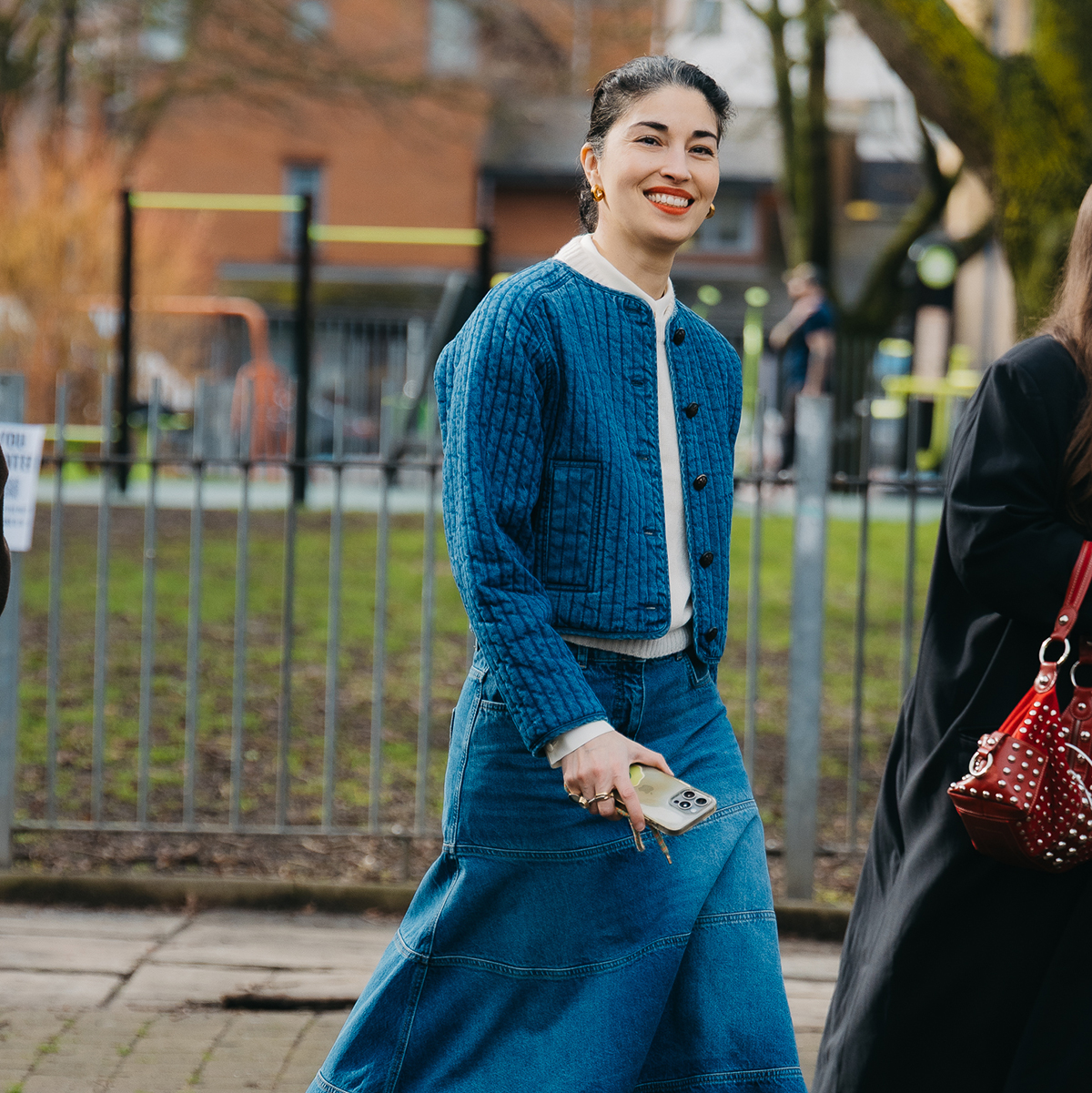 10 Elegant 2025 Trends the Show Attendees Were Wearing at London Fashion Week
10 Elegant 2025 Trends the Show Attendees Were Wearing at London Fashion WeekPrepare to be inspired.
-
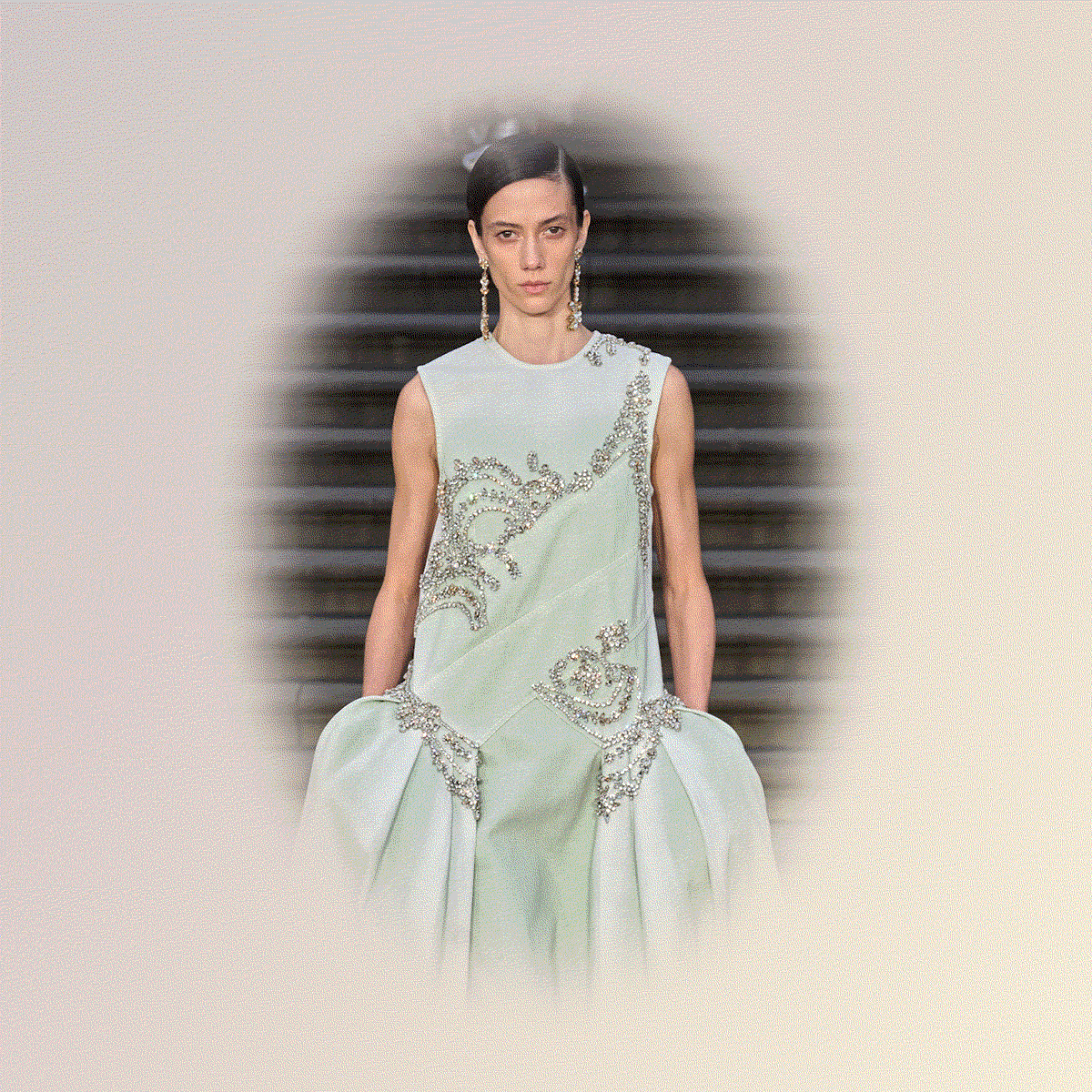 The Only 6 Trends British Women Are Adding to Their Closets in 2025
The Only 6 Trends British Women Are Adding to Their Closets in 2025Britpop fever is coming.
